
Torridon: Home of the Earls of Lovelace | 453
Edinburgh
PAST AUCTION
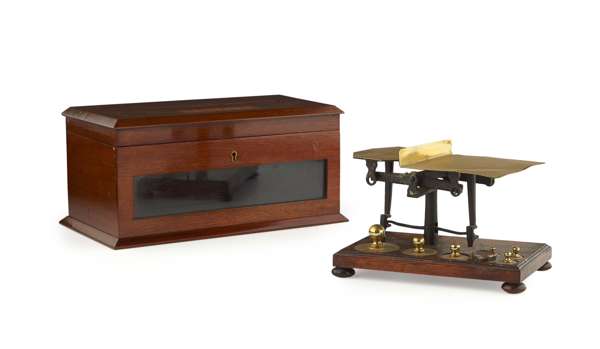
LOT 1
SOLD FOR £380

LOT 2
SOLD FOR £750
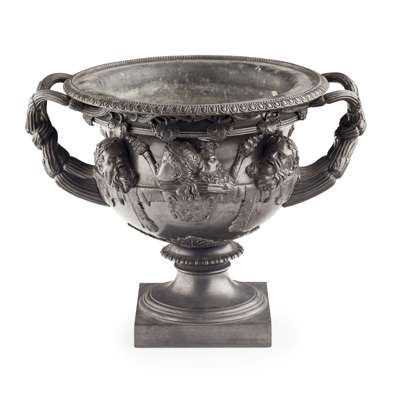
LOT 5
SOLD FOR £500
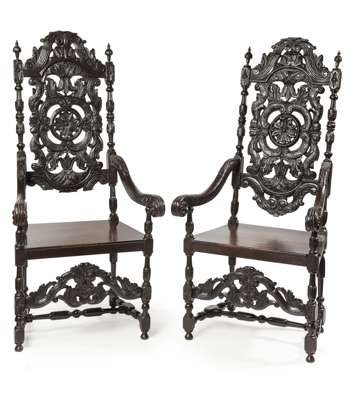
LOT 6
SOLD FOR £800
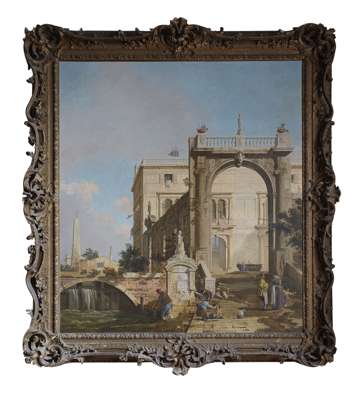
LOT 7
SOLD FOR £8,200
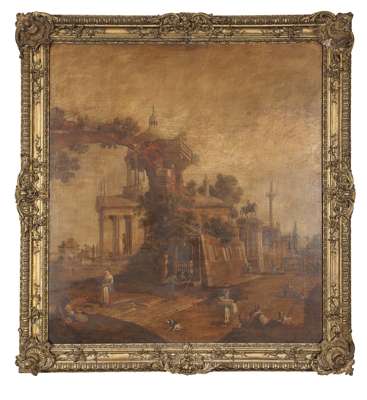
LOT 8
SOLD FOR £2,800
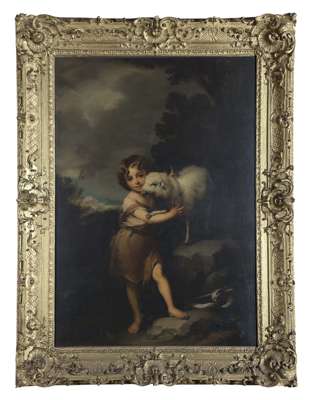
LOT 9
SOLD FOR £9,000
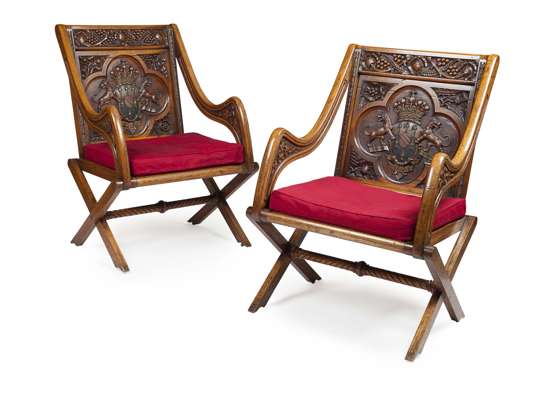
LOT 10
SOLD FOR £3,200
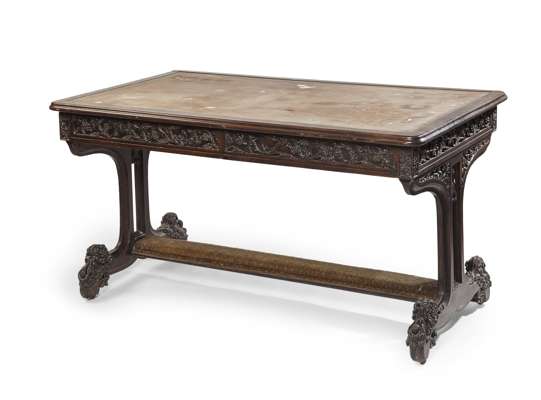
LOT 11
SOLD FOR £1,100
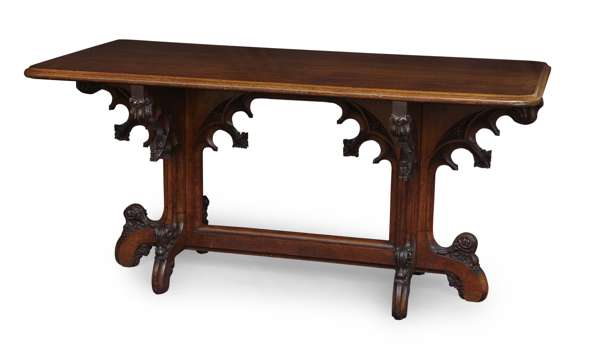
LOT 12
SOLD FOR £1,200
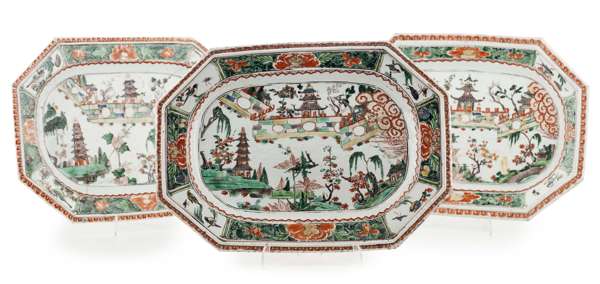
LOT 13
SOLD FOR £850
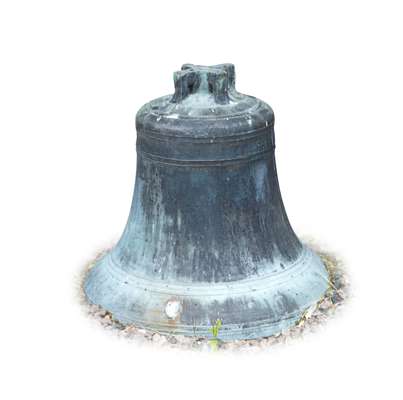
LOT 18
SOLD FOR £480

LOT 19
SOLD FOR £7,000
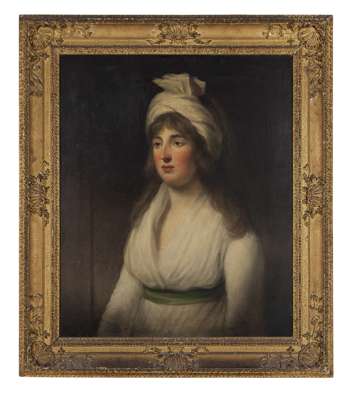
LOT 20
SOLD FOR £1,100
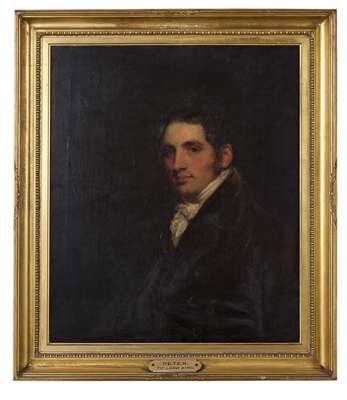
LOT 21
SOLD FOR £4,200
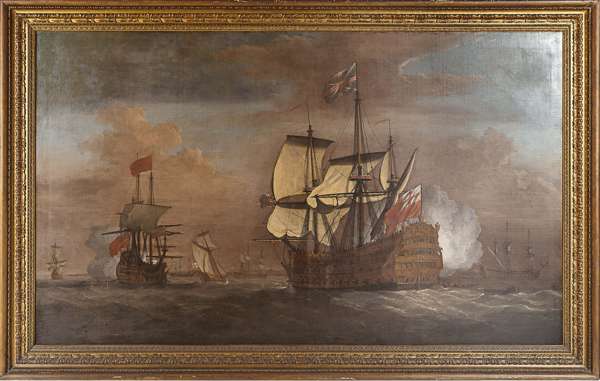
LOT 22
SOLD FOR £46,000
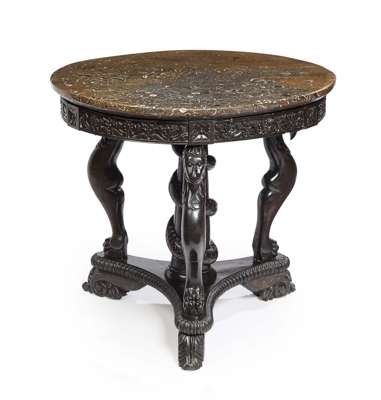
LOT 23
SOLD FOR £2,800
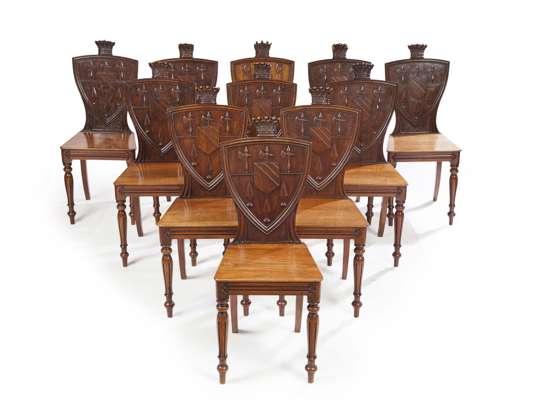
LOT 24
SOLD FOR £5,400
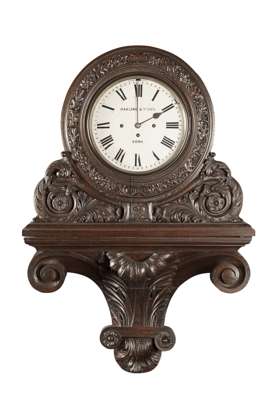
LOT 25
SOLD FOR £1,500
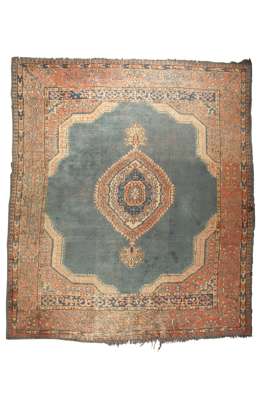
LOT 27
SOLD FOR £260
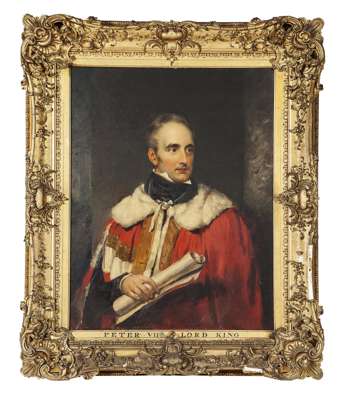
LOT 30
SOLD FOR £4,200
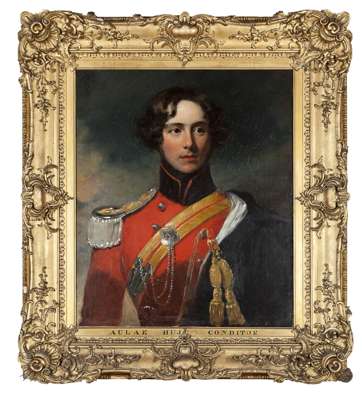
LOT 31
SOLD FOR £6,500
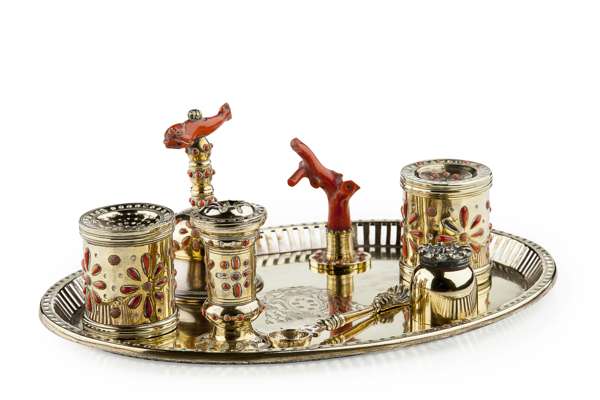
LOT 32
SOLD FOR £13,000
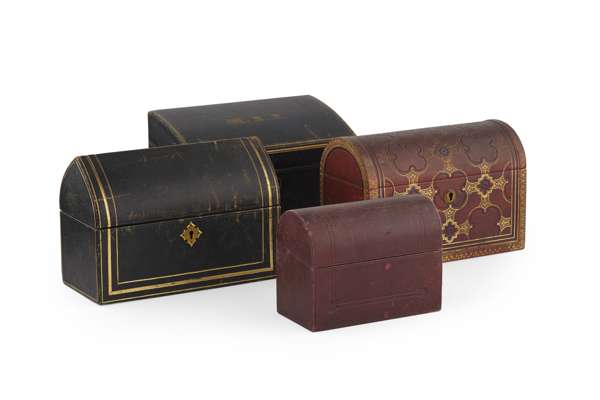
LOT 33
SOLD FOR £460
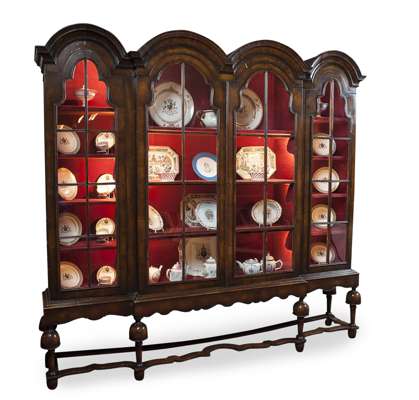
LOT 36
SOLD FOR £1,300
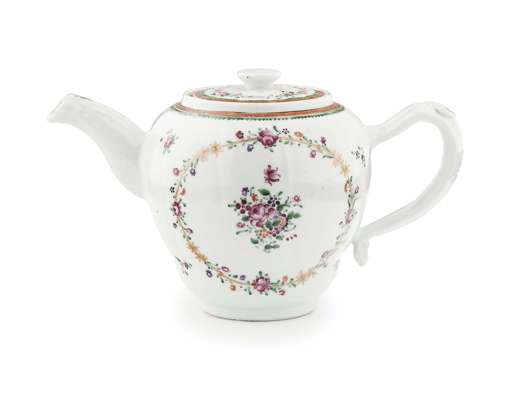
LOT 37
SOLD FOR £460
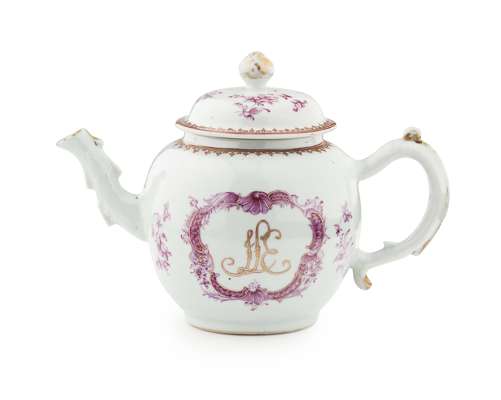
LOT 38
SOLD FOR £240
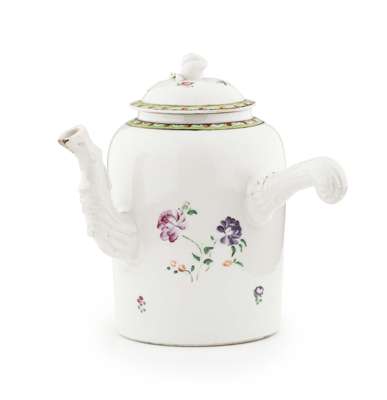
LOT 39
SOLD FOR £220
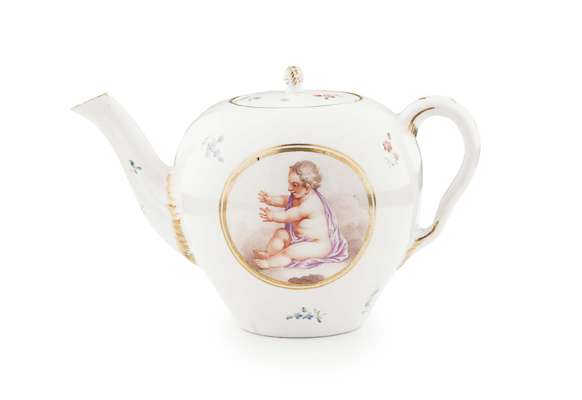
LOT 41
SOLD FOR £300
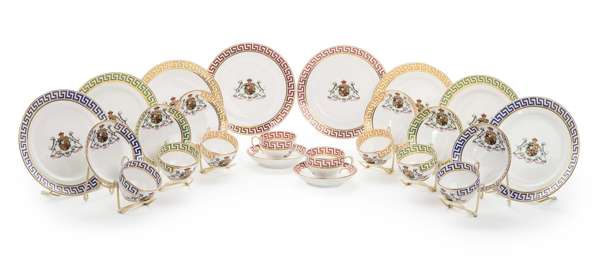
LOT 42
SOLD FOR £1,000
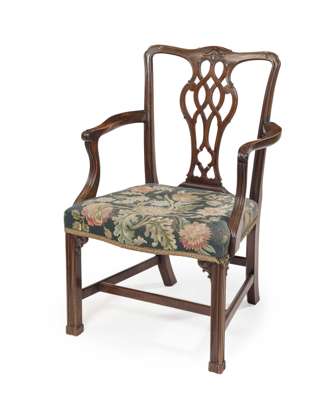
LOT 43
SOLD FOR £420

LOT 44
SOLD FOR £360
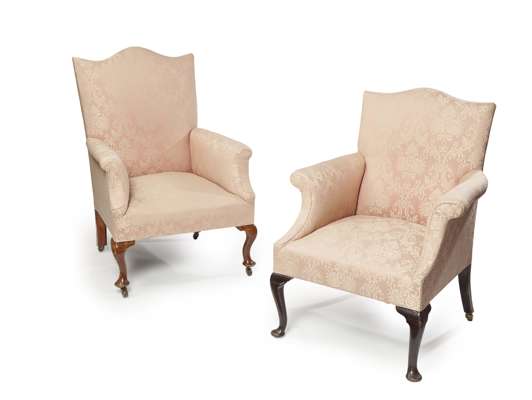
LOT 45
SOLD FOR £950

LOT 46
GEORGE III MAHOGANY TILT TOP OCCASIONAL TABLE
MID/LATE 18TH CENTURY
SOLD FOR £440
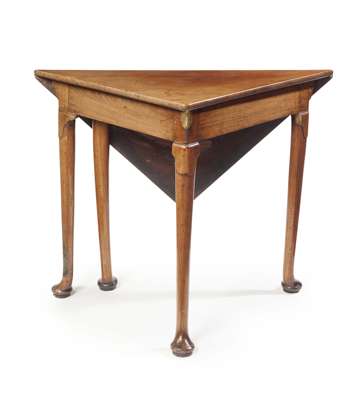
LOT 47
SOLD FOR £300
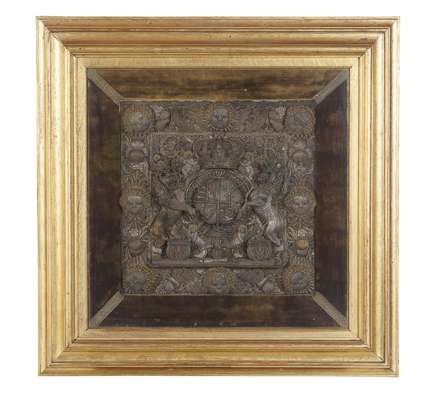
LOT 49
SOLD FOR £9,000
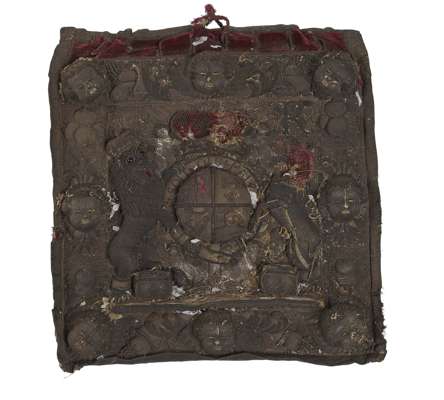
LOT 50
SOLD FOR £1,800
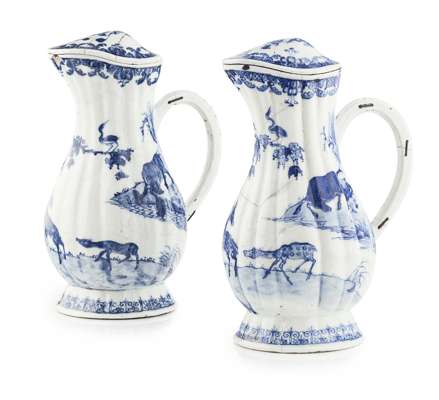
LOT 51
SOLD FOR £260
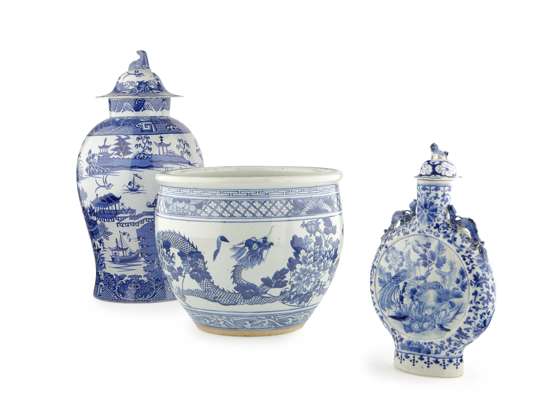
LOT 52
SOLD FOR £340
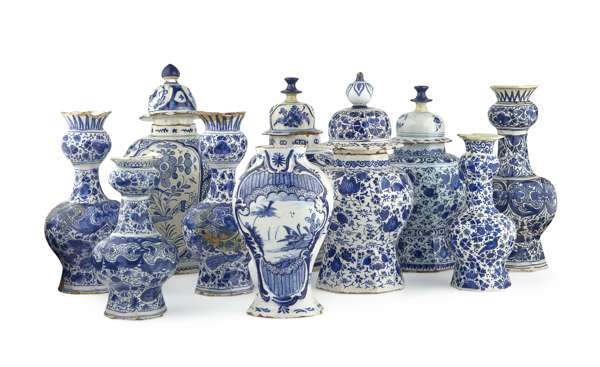
LOT 53
SOLD FOR £1,650
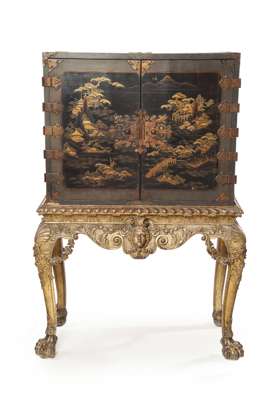
LOT 54
SOLD FOR £30,000
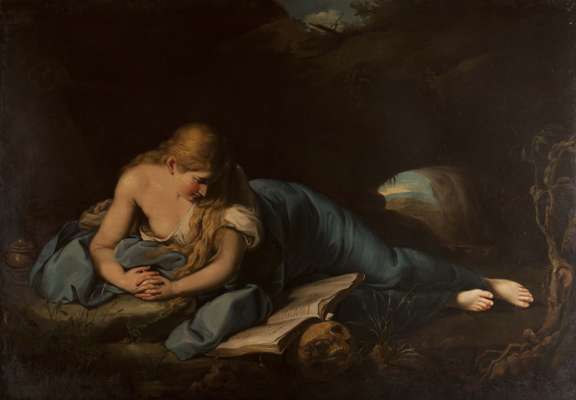
LOT 55
SOLD FOR £3,500

LOT 57
SOLD FOR £500
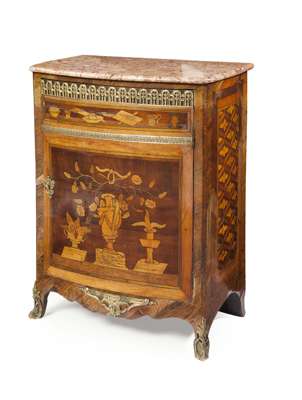
LOT 58
SOLD FOR £1,000
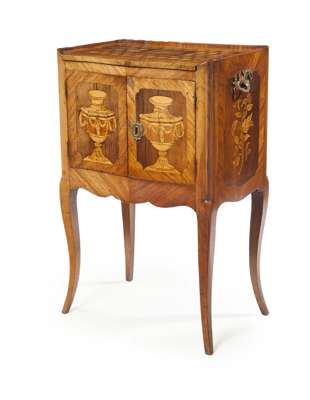
LOT 59
SOLD FOR £750
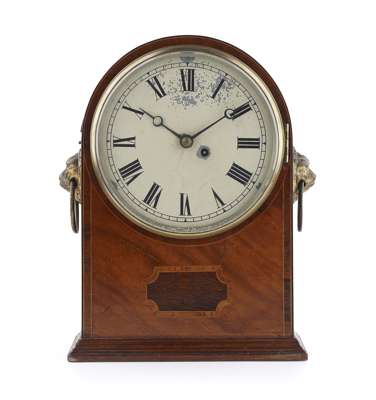
LOT 62
SOLD FOR £400
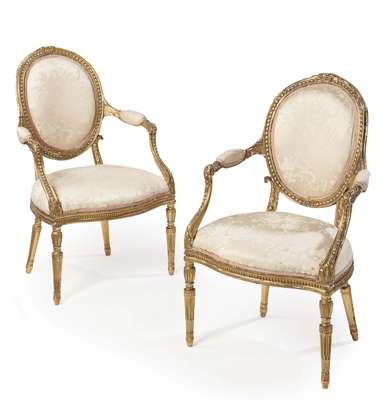
LOT 63
SOLD FOR £1,100
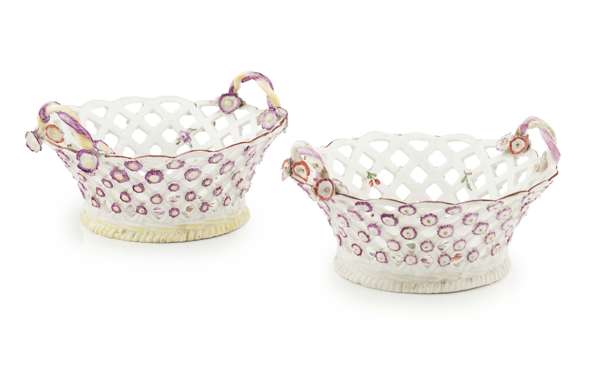
LOT 64
SOLD FOR £380

LOT 65
SOLD FOR £850
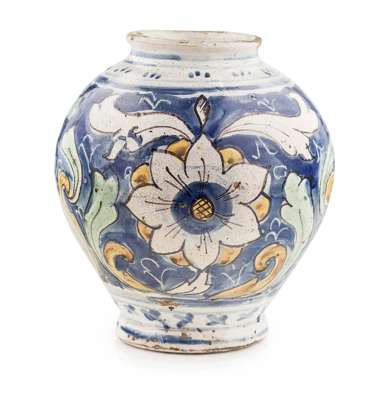
LOT 66
SOLD FOR £600
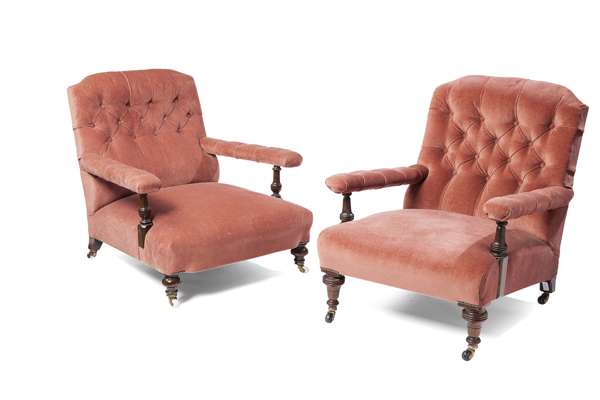
LOT 70
SOLD FOR £420
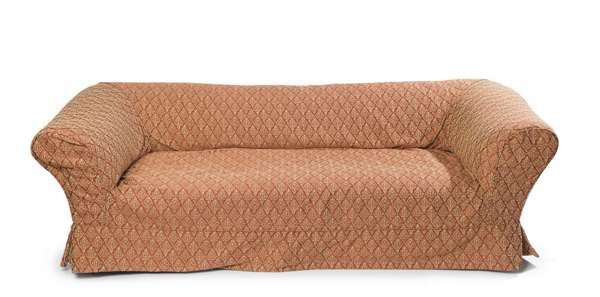
LOT 73
SOLD FOR £480
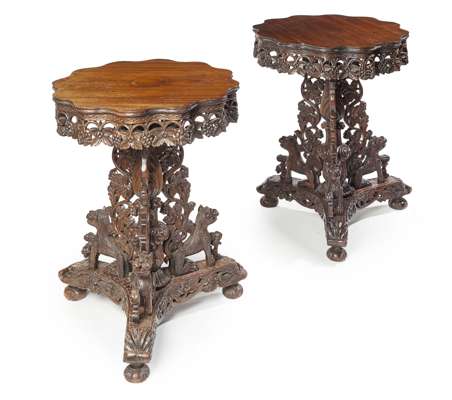
LOT 74
SOLD FOR £2,200

LOT 78
SOLD FOR £2,200
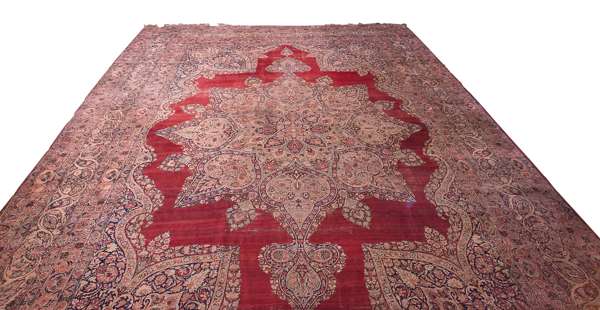
LOT 79
SOLD FOR £1,600
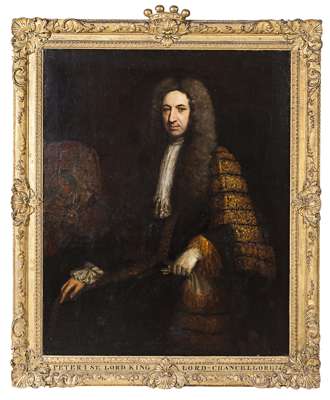
LOT 80
SOLD FOR £16,000
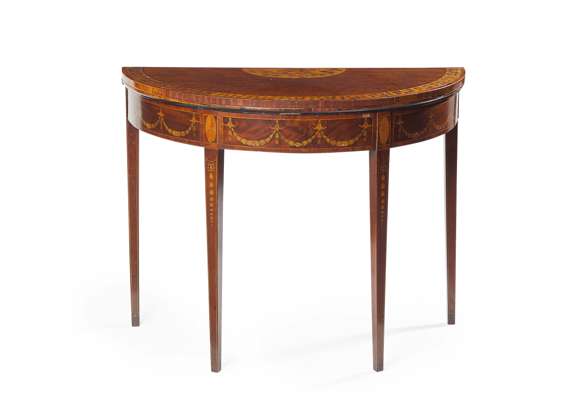
LOT 81
SOLD FOR £700
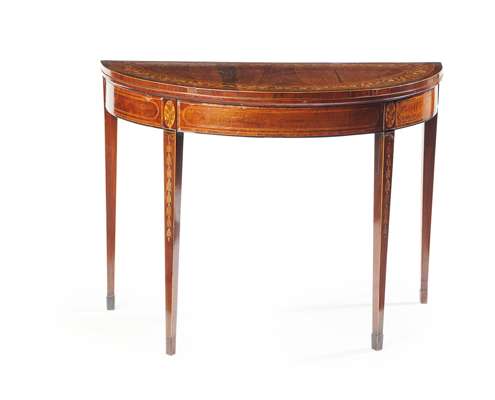
LOT 82
SOLD FOR £600
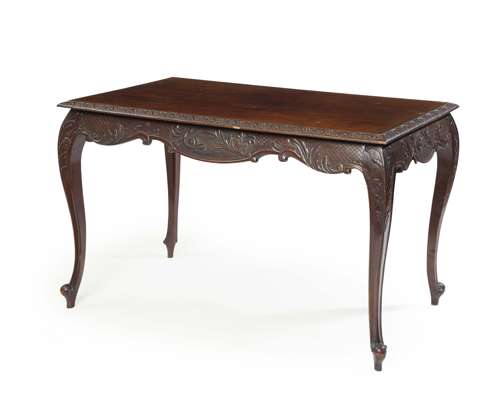
LOT 83
SOLD FOR £400
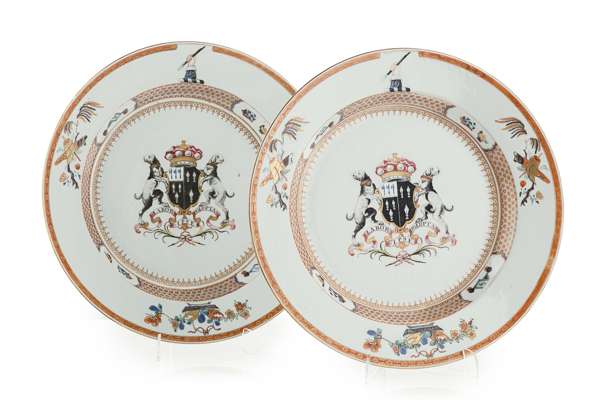
LOT 84
SOLD FOR £9,500
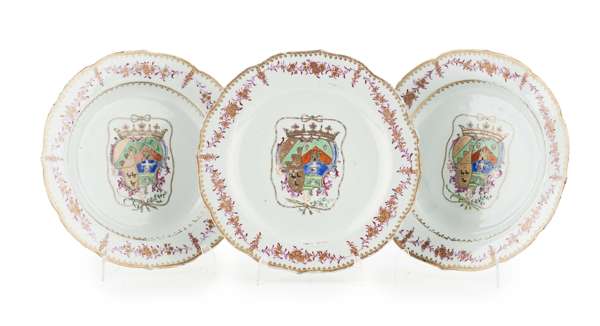
LOT 85
SOLD FOR £950
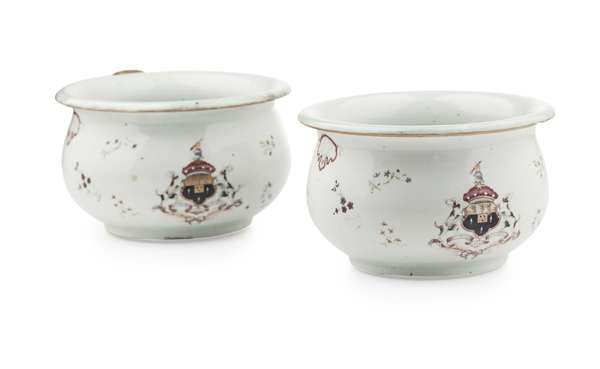
LOT 87
SOLD FOR £1,250
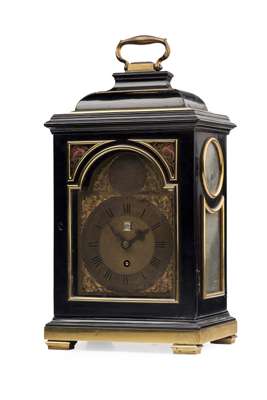
LOT 88
SOLD FOR £2,600
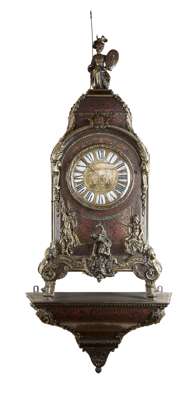
LOT 89
SOLD FOR £4,200
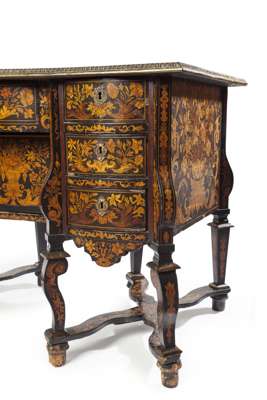
LOT 90
SOLD FOR £17,000
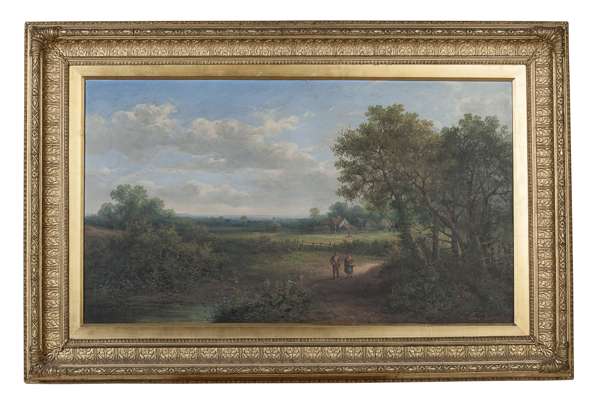
LOT 91
SOLD FOR £950
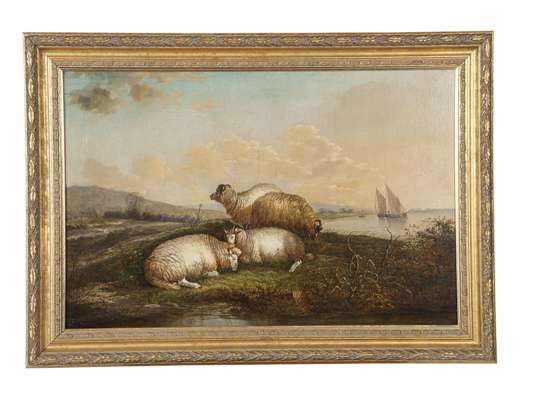
LOT 92
SOLD FOR £440
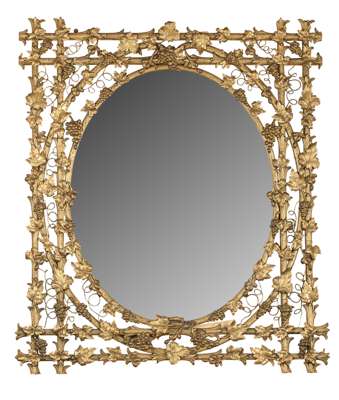
LOT 93
SOLD FOR £2,000
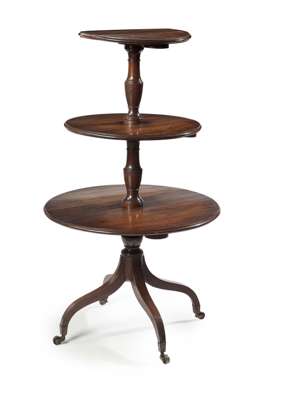
LOT 94
SOLD FOR £550
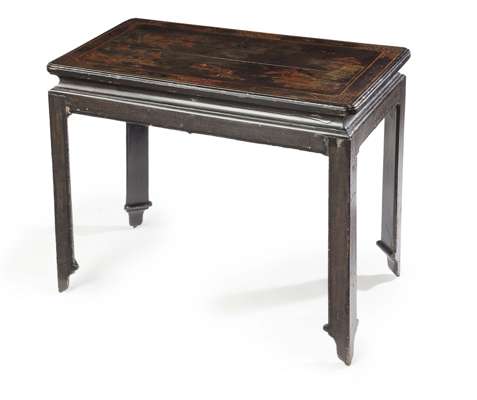
LOT 95
SOLD FOR £3,400
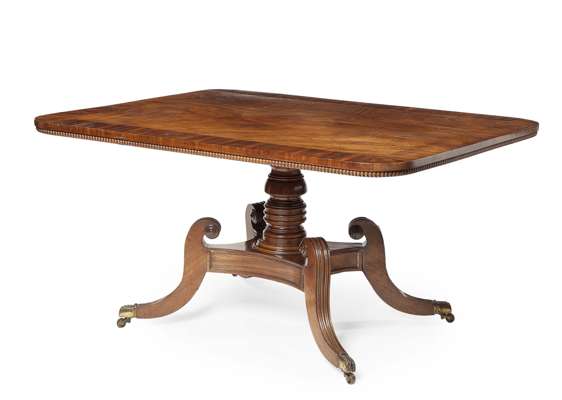
LOT 96
SOLD FOR £1,600
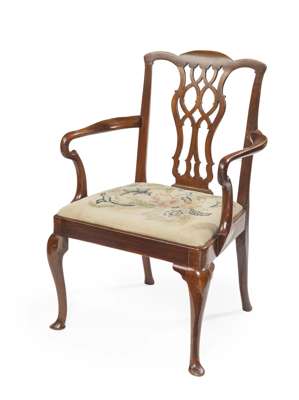
LOT 98
SOLD FOR £240
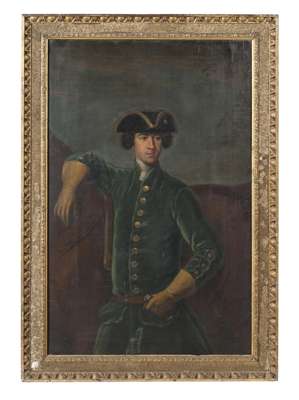
LOT 99
SOLD FOR £15,000
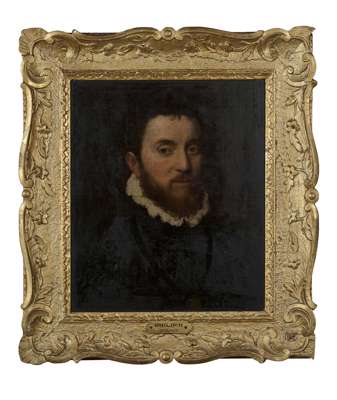
LOT 100
SOLD FOR £15,000
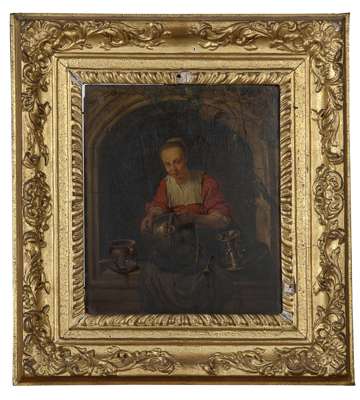
LOT 101
SOLD FOR £540

LOT 102
SOLD FOR £15,000
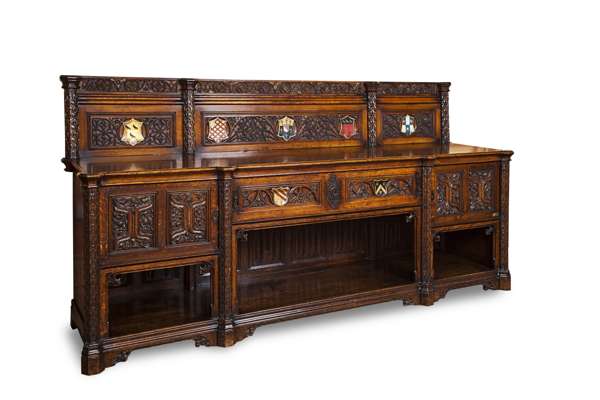
LOT 104
SOLD FOR £18,000
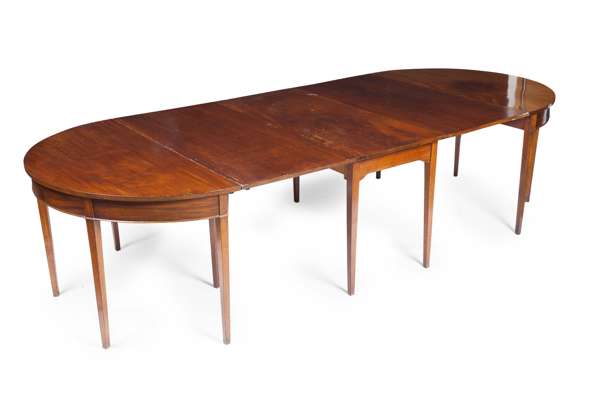
LOT 105
SOLD FOR £650
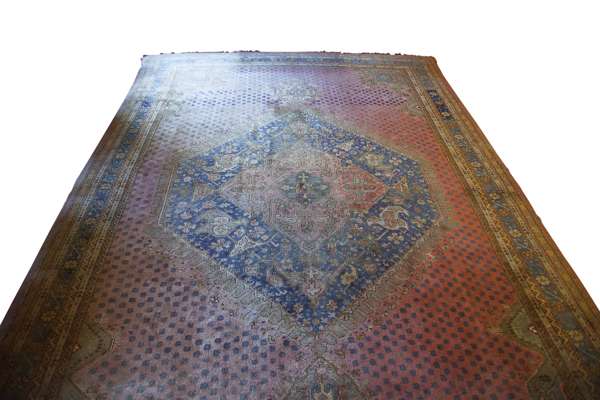
LOT 106
SOLD FOR £900
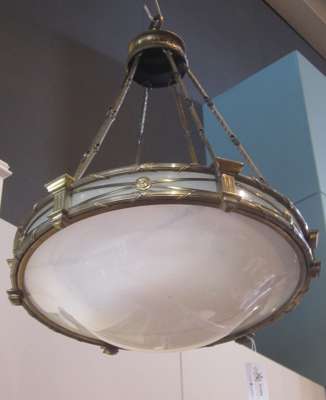
LOT 107A
TWO BRASS AND OPALINE GLASS PENDANT LIGHTS
LATE 19TH/EARLY 20TH CENTURY
SOLD FOR £1,300

LOT 108
SOLD FOR £220
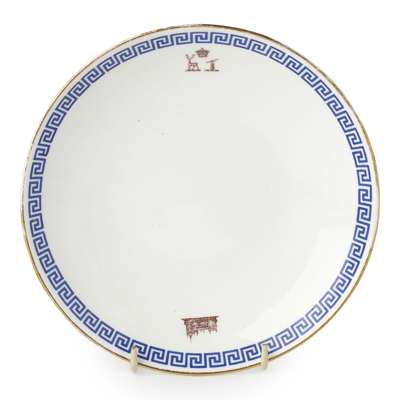
LOT 109
SOLD FOR £500
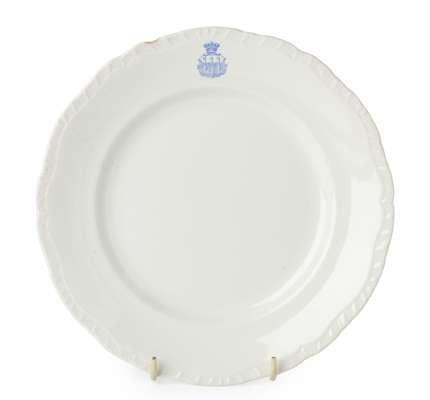
LOT 111
SOLD FOR £400

LOT 112
SOLD FOR £340
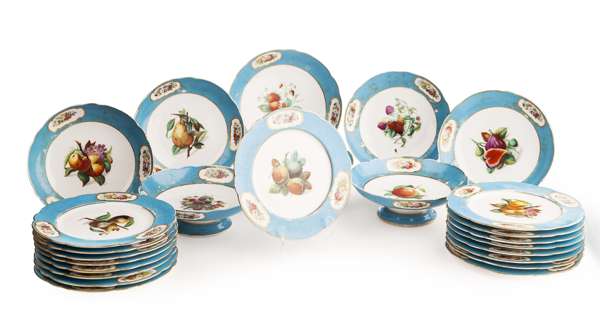
LOT 113
SOLD FOR £550
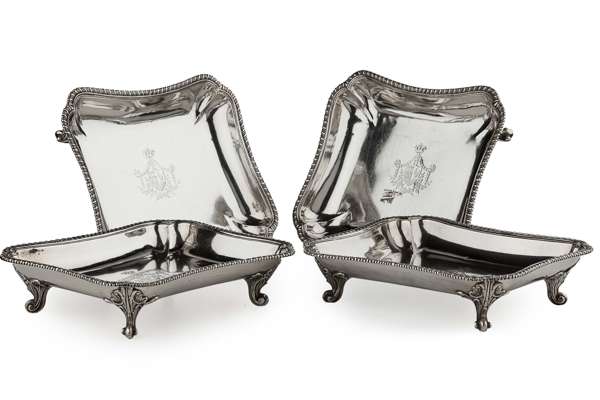
LOT 116
SOLD FOR £2,200
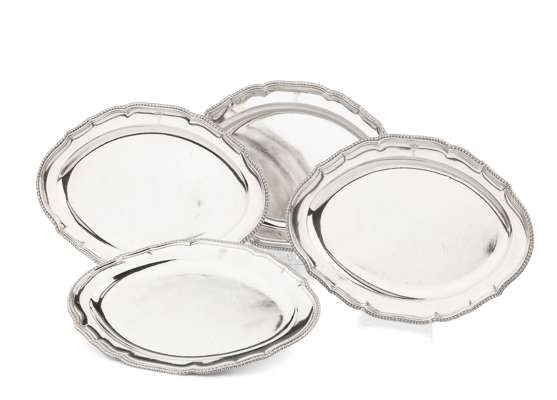
LOT 118
SOLD FOR £2,200
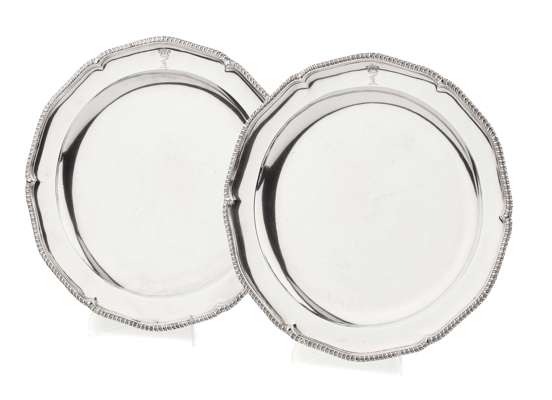
LOT 121
SOLD FOR £1,700
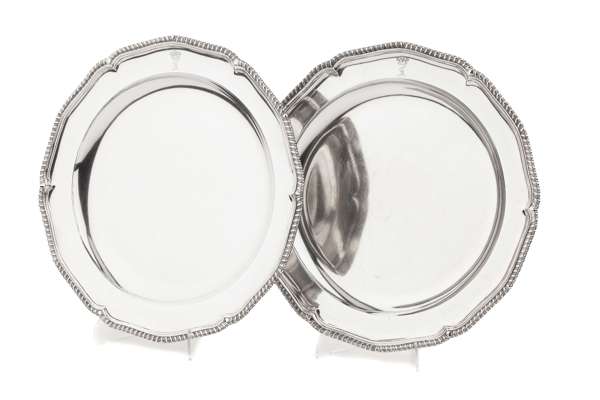
LOT 122
SOLD FOR £1,900
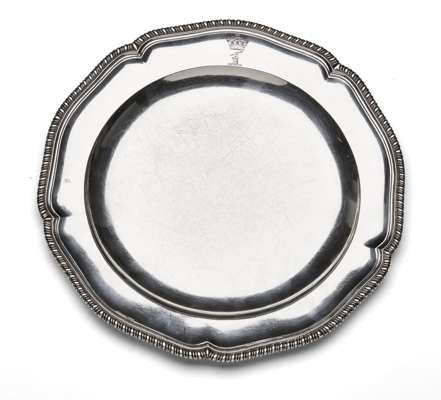
LOT 123
SOLD FOR £6,000
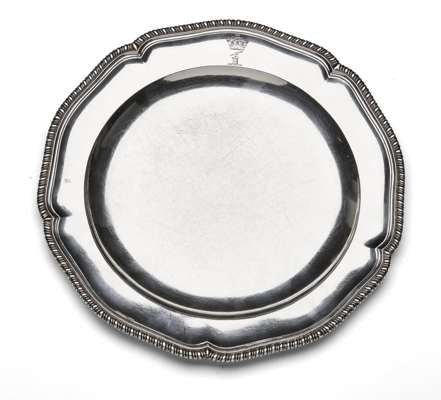
LOT 124
SOLD FOR £6,000

LOT 125
SOLD FOR £2,600
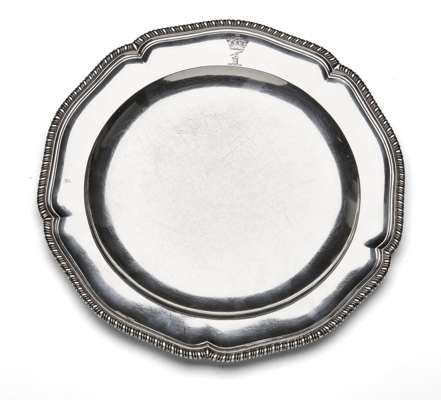
LOT 126
SOLD FOR £3,000
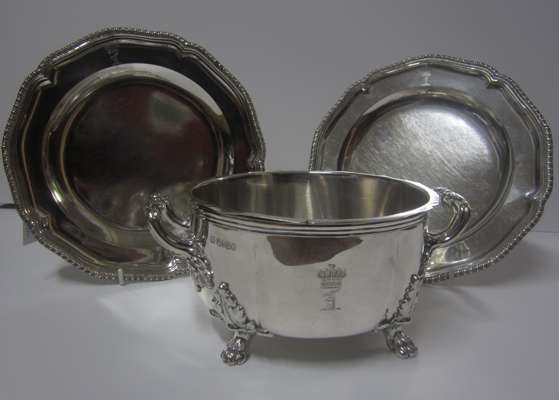
LOT 127
SOLD FOR £1,200
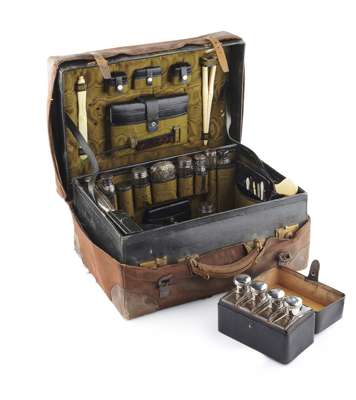
LOT 128
VICTORIAN LEATHER DRESSING CASE
LATE 19TH CENTURY
SOLD FOR £320
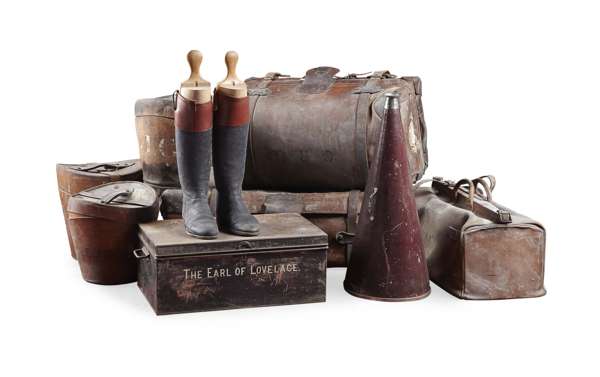
LOT 129
SOLD FOR £1,200
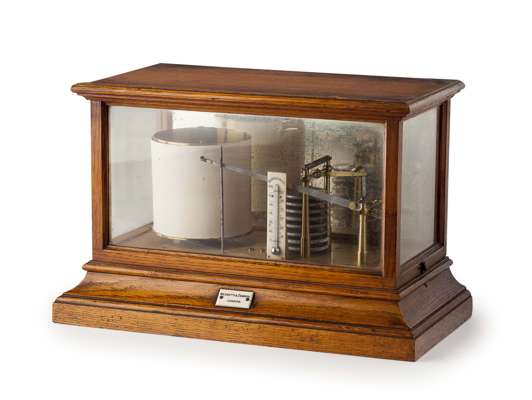
LOT 130
SOLD FOR £320

LOT 131
SOLD FOR £650
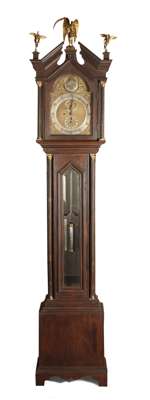
LOT 132
SOLD FOR £1,500
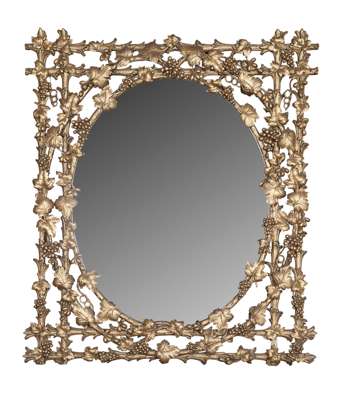
LOT 133
SOLD FOR £2,200
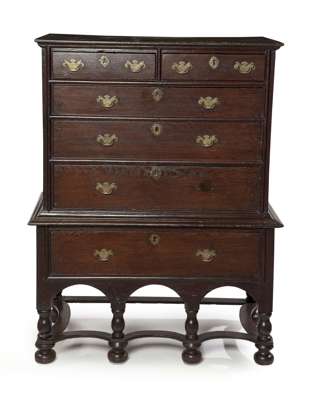
LOT 134
SOLD FOR £1,100
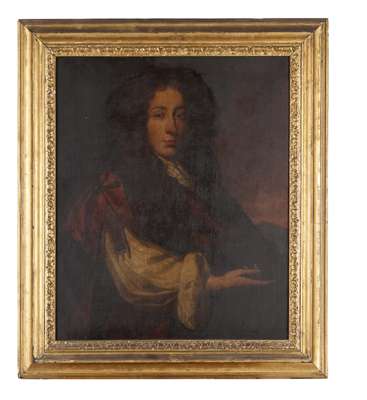
LOT 135
SOLD FOR £1,000
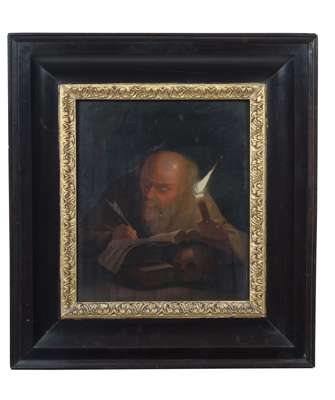
LOT 136
SOLD FOR £600
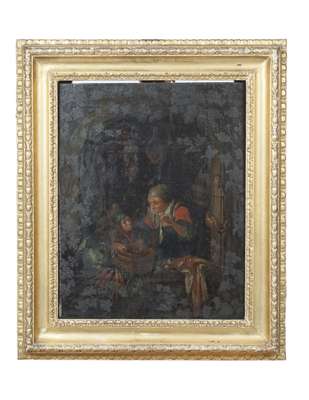
LOT 137
SOLD FOR £480

LOT 138
SOLD FOR £5,400
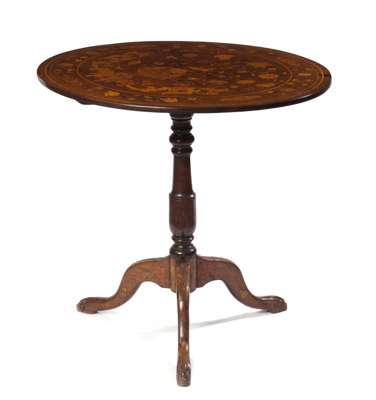
LOT 139
SOLD FOR £440
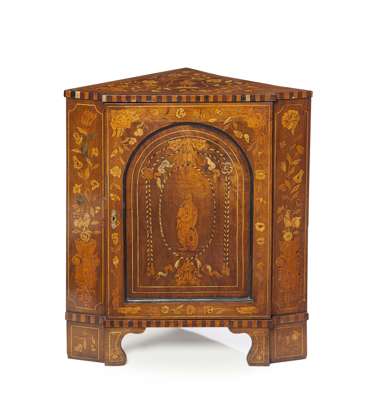
LOT 140
SOLD FOR £400

LOT 141
SOLD FOR £300

LOT 142
SOLD FOR £1,900
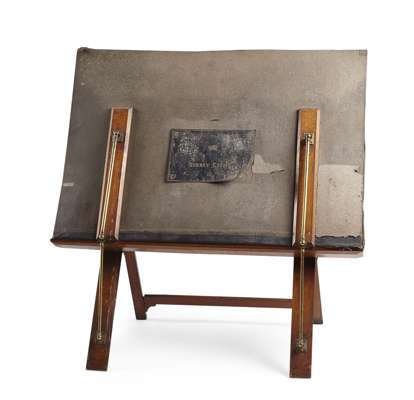
LOT 143
SOLD FOR £320
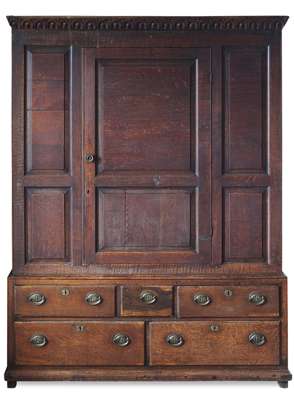
LOT 144A
GEORGIAN OAK PRESS
18TH CENTURY
SOLD FOR £650
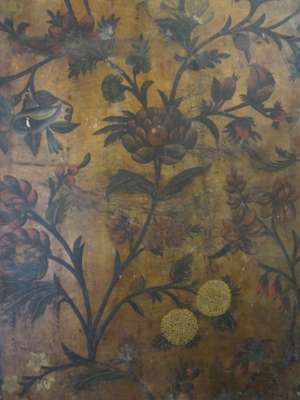
LOT 145
SOLD FOR £1,200
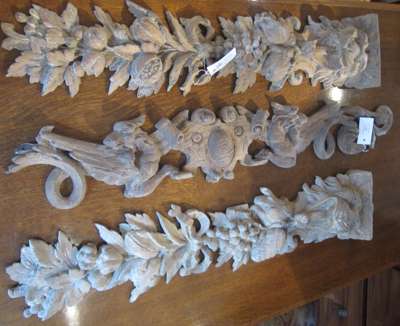
LOT 151A
THREE CARVED OAK WALL APPLIQUES
SOLD FOR £700
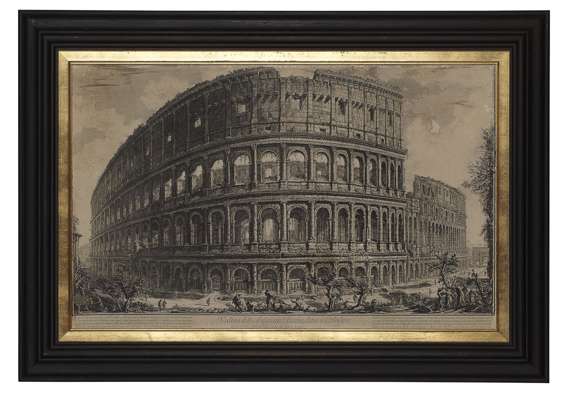
LOT 152
SOLD FOR £1,200
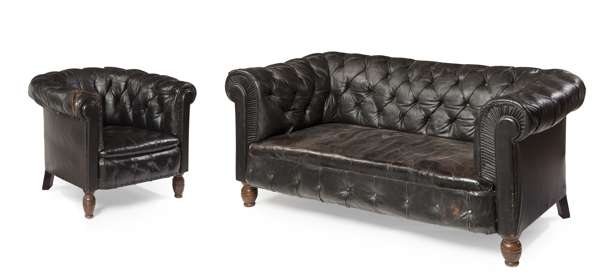
LOT 153
SOLD FOR £1,400
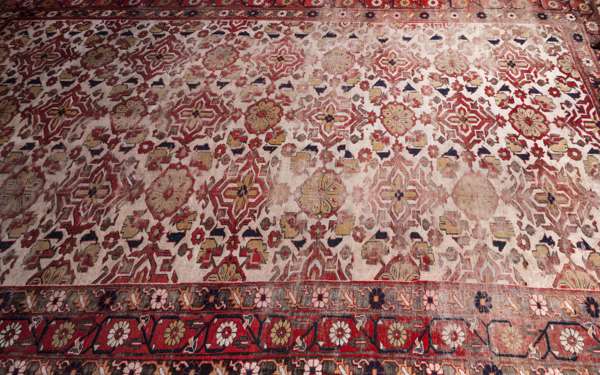
LOT 154
SOLD FOR £1,200
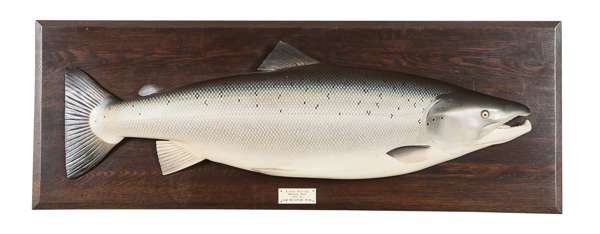
LOT 155
SOLD FOR £3,700
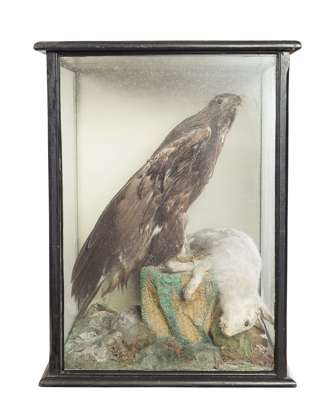
LOT 158
SOLD FOR £340
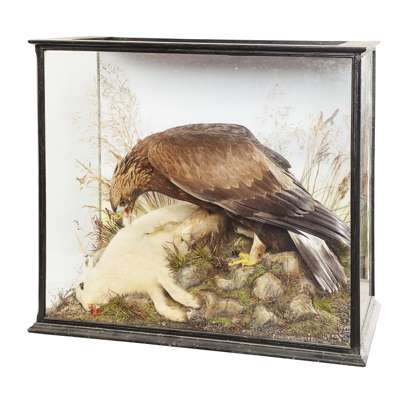
LOT 159
SOLD FOR £1,700
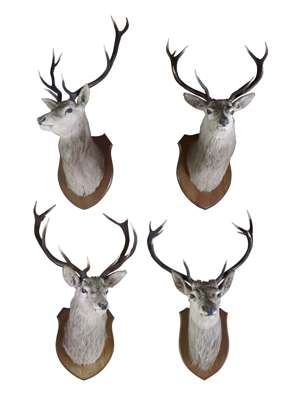
LOT 160
SOLD FOR £1,500
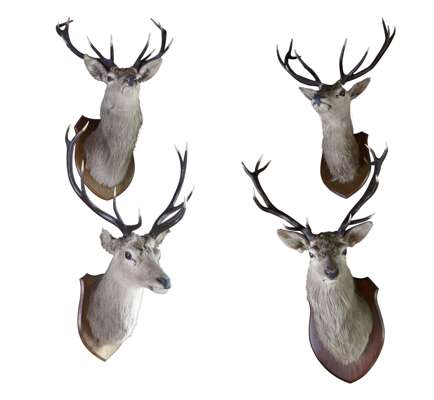
LOT 161
SOLD FOR £1,600
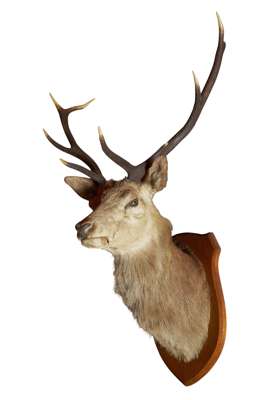
LOT 162
SOLD FOR £1,500
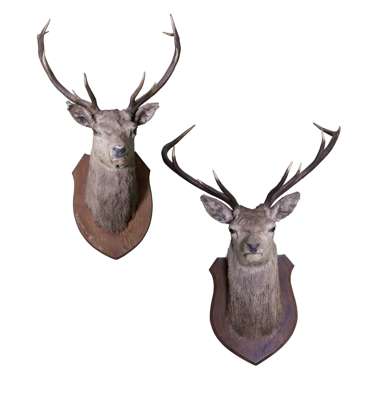
LOT 163
SOLD FOR £600
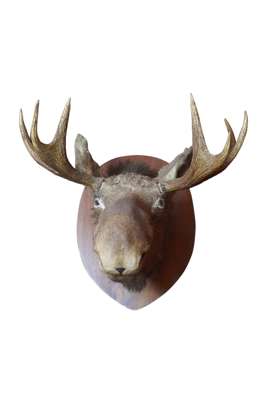
LOT 164
SOLD FOR £900
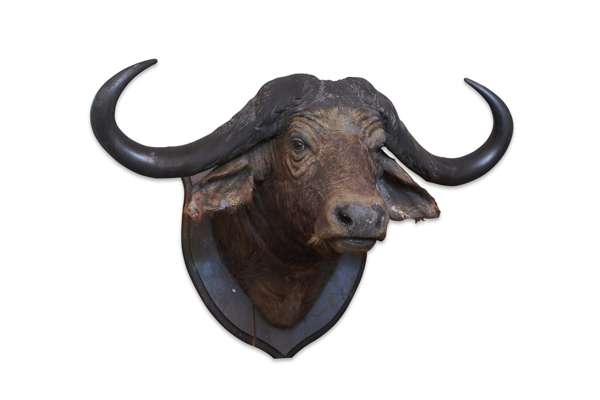
LOT 165
SOLD FOR £3,200
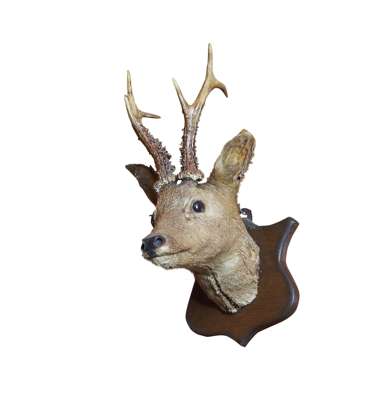
LOT 166
SOLD FOR £360

LOT 167
SOLD FOR £440

LOT 169
SOLD FOR £500
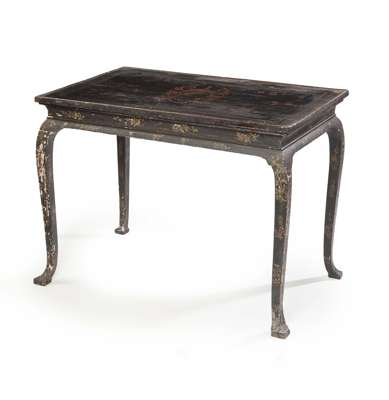
LOT 170
SOLD FOR £7,200
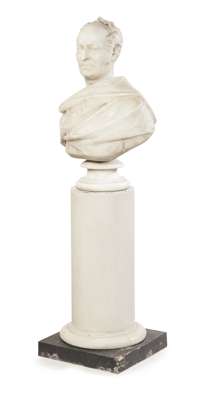
LOT 172
SOLD FOR £2,700
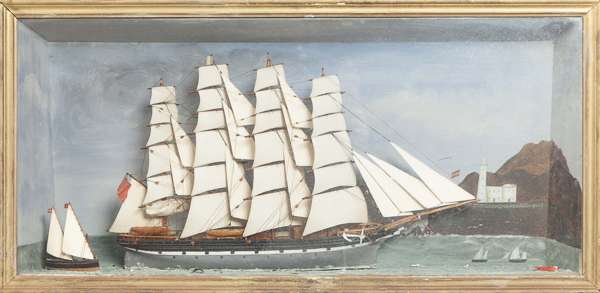
LOT 173
SOLD FOR £260
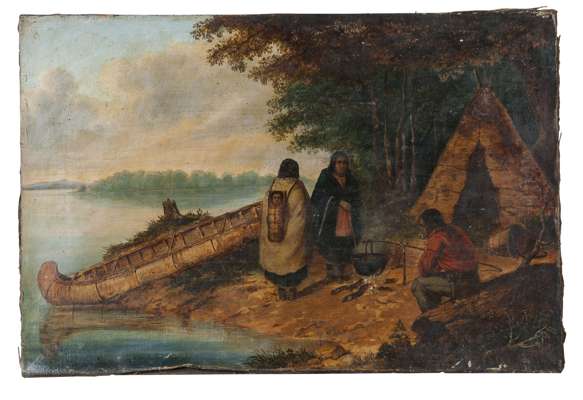
LOT 174
SOLD FOR £16,000
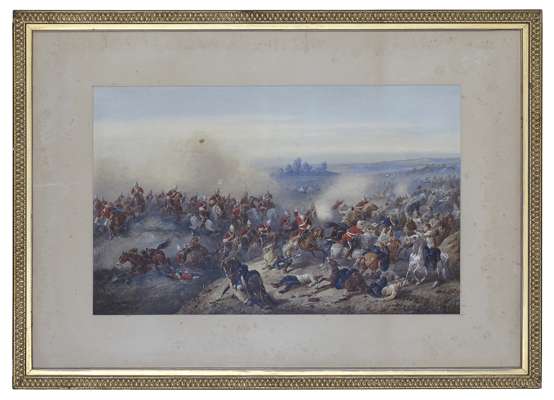
LOT 175
SOLD FOR £1,900
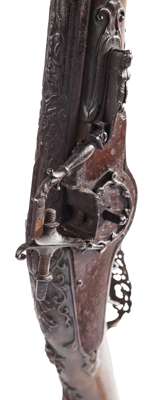
LOT 177
SOLD FOR £4,400

LOT 178
SOLD FOR £420

LOT 180
SOLD FOR £220

LOT 181
SOLD FOR £480

LOT 182
SOLD FOR £360

LOT 183
SOLD FOR £340

LOT 186
SOLD FOR £260

LOT 187
SOLD FOR £240

LOT 188
SOLD FOR £260

LOT 192
SOLD FOR £360
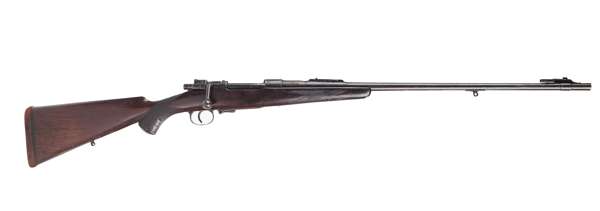
LOT 193
SOLD FOR £600

LOT 194
SOLD FOR £600
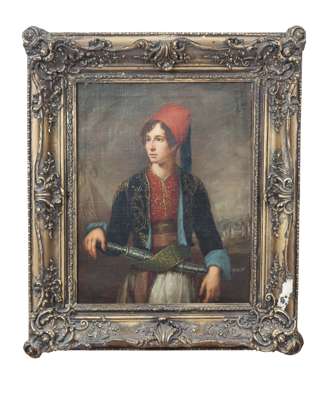
LOT 201
SOLD FOR £6,500
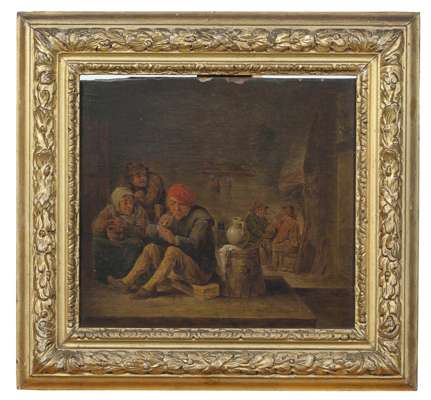
LOT 202
SOLD FOR £1,000
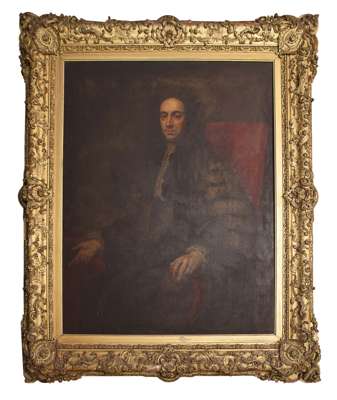
LOT 205
SOLD FOR £3,000
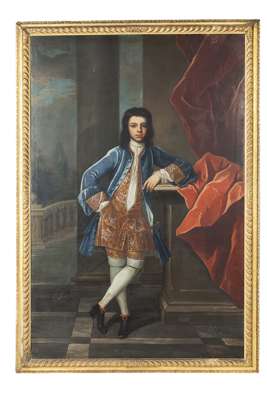
LOT 206
SOLD FOR £11,000
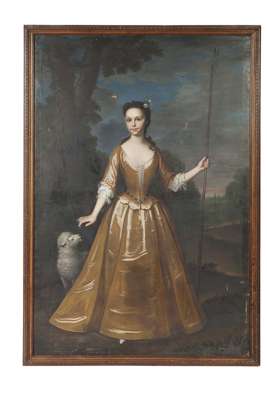
LOT 207
SOLD FOR £8,000
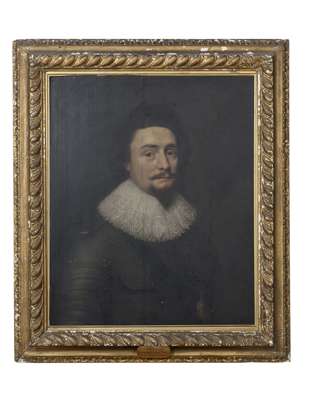
LOT 208
SOLD FOR £4,800
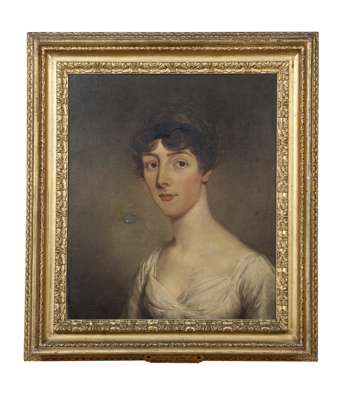
LOT 209
SOLD FOR £700

LOT 210
SOLD FOR £240

LOT 211
SOLD FOR £800

LOT 214
SOLD FOR £350

LOT 218
SOLD FOR £280

LOT 219
SOLD FOR £220
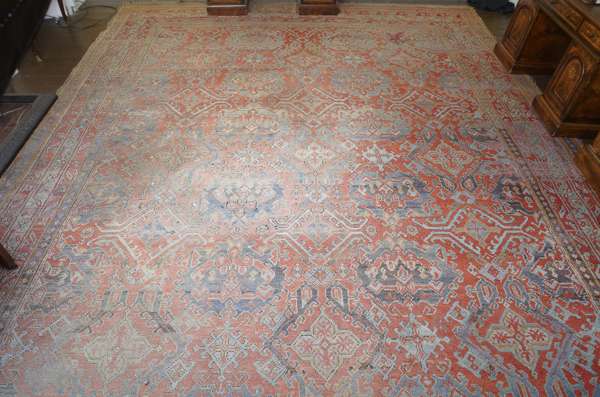
LOT 220
SOLD FOR £1,300

LOT 221
SOLD FOR £340

LOT 223
SOLD FOR £2,100

LOT 224
SOLD FOR £850

LOT 225
SOLD FOR £220

LOT 227
SOLD FOR £700

LOT 228
SOLD FOR £340

LOT 229
SOLD FOR £460

LOT 230
SOLD FOR £460

LOT 231
SOLD FOR £2,200
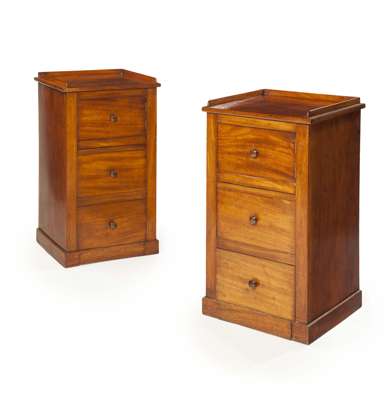
LOT 232
SOLD FOR £2,000

LOT 233
SOLD FOR £700

LOT 234
SOLD FOR £1,500

LOT 235
SOLD FOR £220
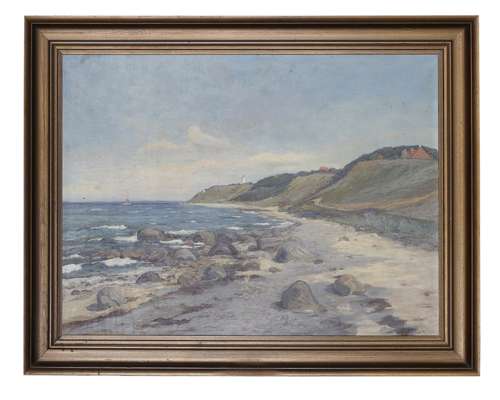
LOT 239
SOLD FOR £380

LOT 241
SOLD FOR £340
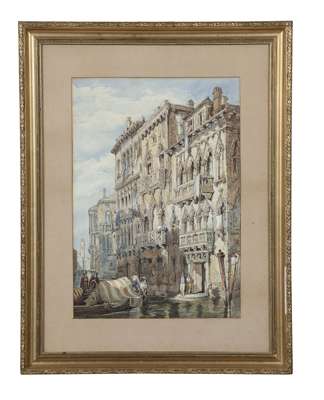
LOT 242
SOLD FOR £320

LOT 243
SOLD FOR £320
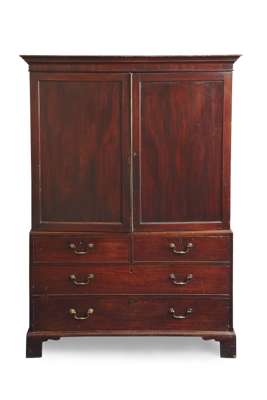
LOT 245
SOLD FOR £600
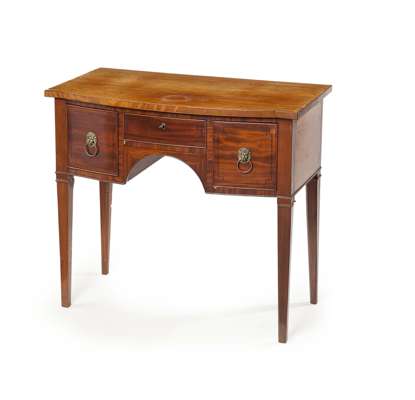
LOT 246A
REGENCY MAHOGANY DRESSING TABLE
EARLY 19TH CENTURY
SOLD FOR £280

LOT 246
SOLD FOR £550
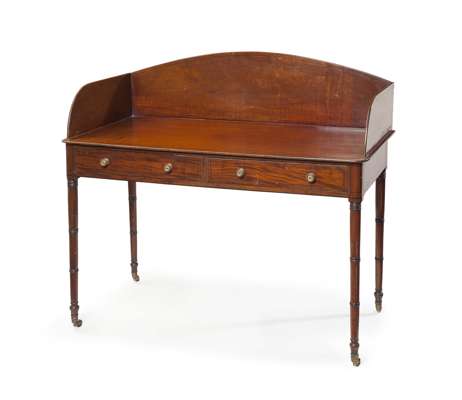
LOT 247B
REGENCY MAHOGANY WASHSTAND
EARLY 19TH CENTURY
SOLD FOR £220
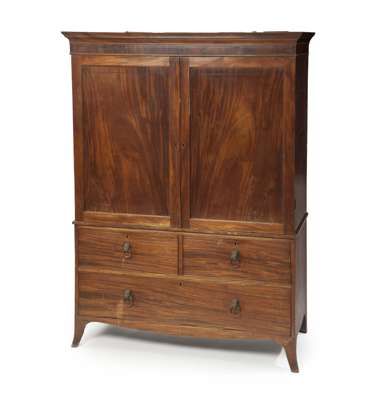
LOT 247A
REGENCY MAHOGANY DWARF LINEN PRESS
EARLY 19TH CENTURY
SOLD FOR £400
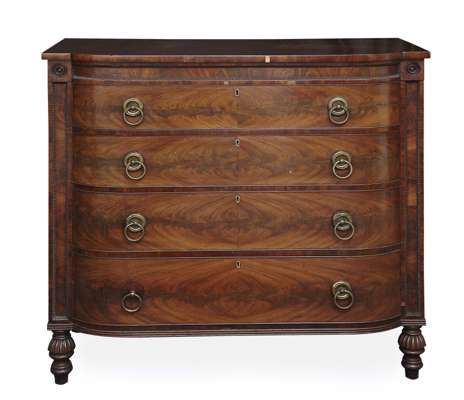
LOT 247
SOLD FOR £1,300

LOT 248
SOLD FOR £700
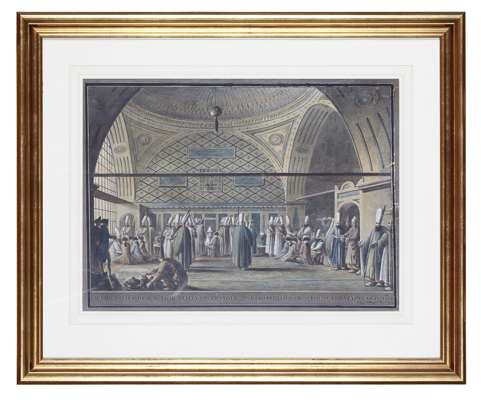
LOT 251
SOLD FOR £17,000
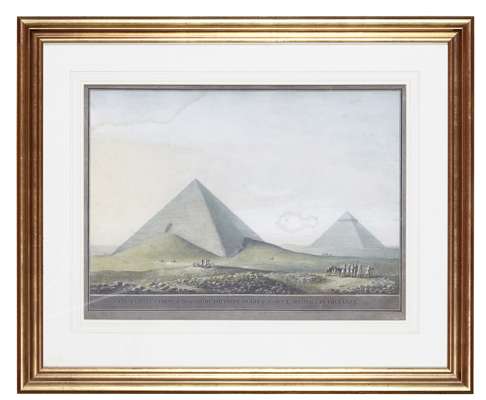
LOT 252
SOLD FOR £750
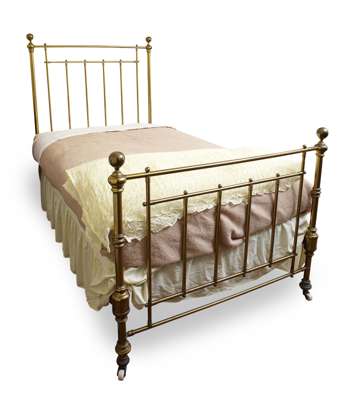
LOT 253
SOLD FOR £750
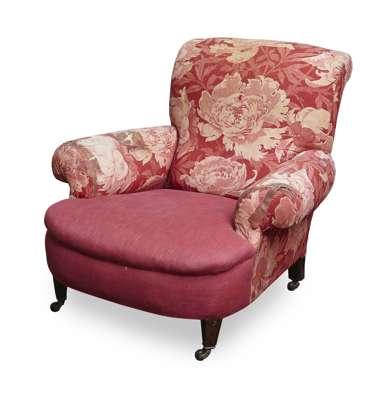
LOT 256
SOLD FOR £1,100
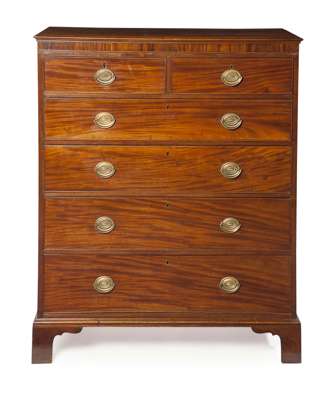
LOT 258
SOLD FOR £650
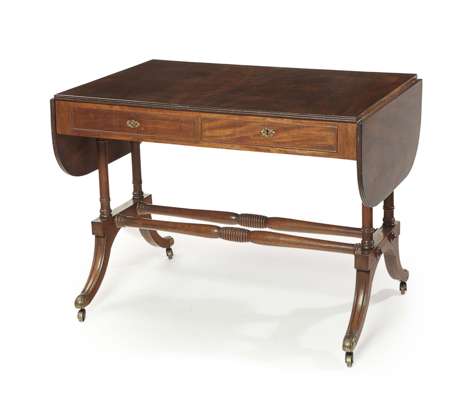
LOT 258A
REGENCY MAHOGANY SOFA TABLE
EARLY 19TH CENTURY
SOLD FOR £600
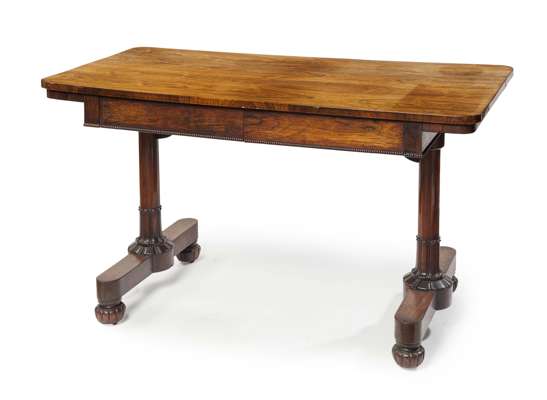
LOT 258B
REGENCY ROSEWOOD LIBRARY TABLE
EARLY 19TH CENTURY
SOLD FOR £700

LOT 259
SOLD FOR £340

LOT 260
SOLD FOR £420

LOT 261
SOLD FOR £300
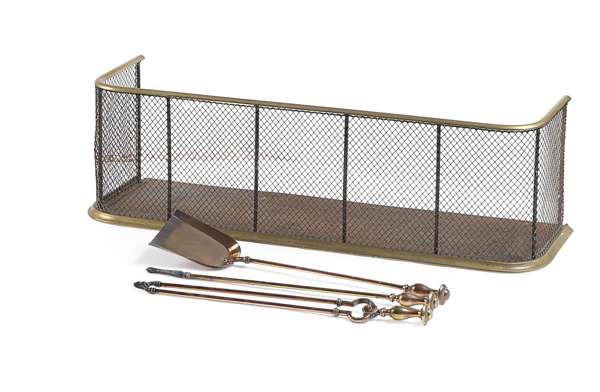
LOT 262
SOLD FOR £280
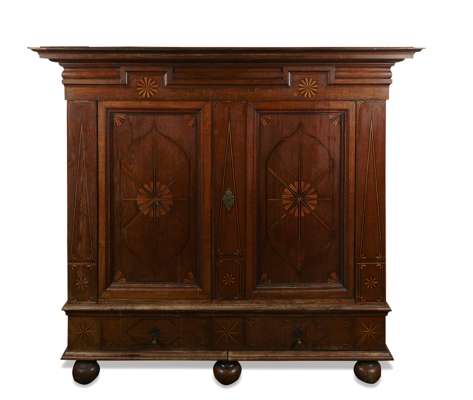
LOT 263
SOLD FOR £1,300
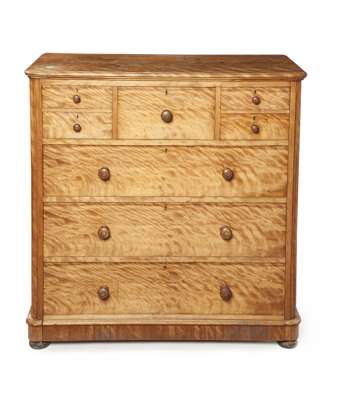
LOT 264A
VICTORIAN SATIN BIRCH CHEST
LATE 19TH CENTURY
SOLD FOR £260
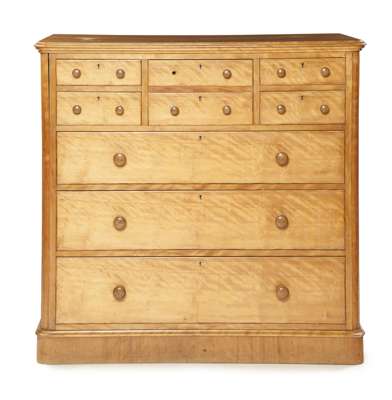
LOT 264
SOLD FOR £440

LOT 266A
PAIR OF FRENCH WALNUT FRAMED FAUTEUILS
19TH CENTURY
SOLD FOR £280
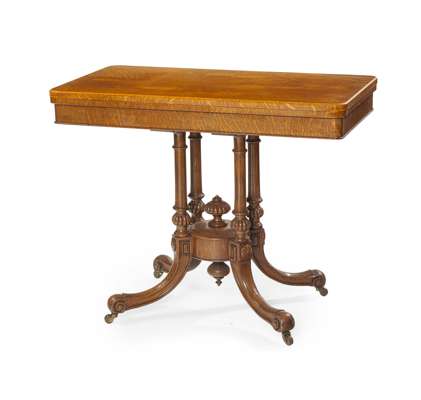
LOT 266
SOLD FOR £700
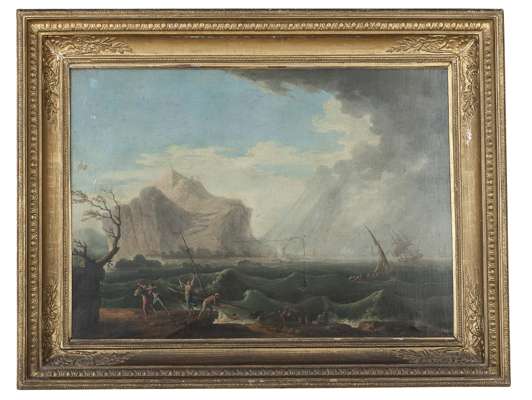
LOT 267
SOLD FOR £900
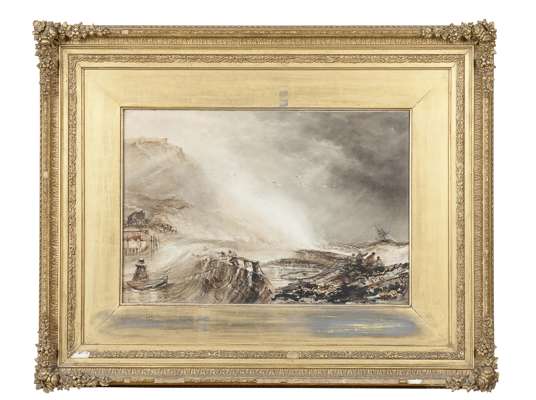
LOT 268
SOLD FOR £340
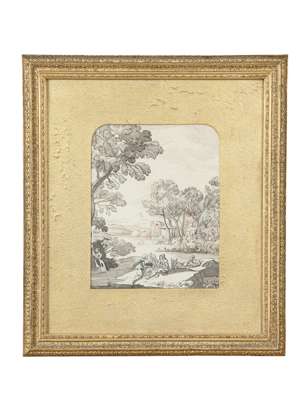
LOT 269
SOLD FOR £320
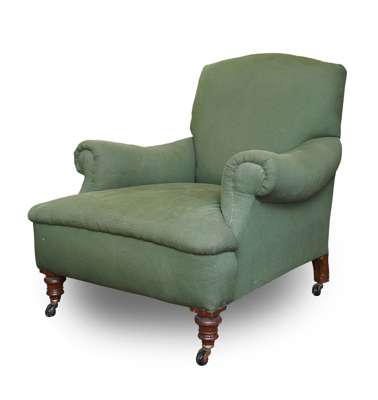
LOT 271
SOLD FOR £700
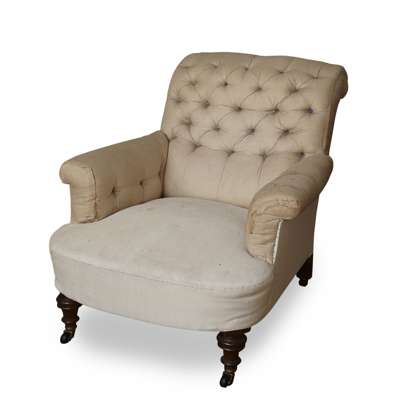
LOT 273
SOLD FOR £340
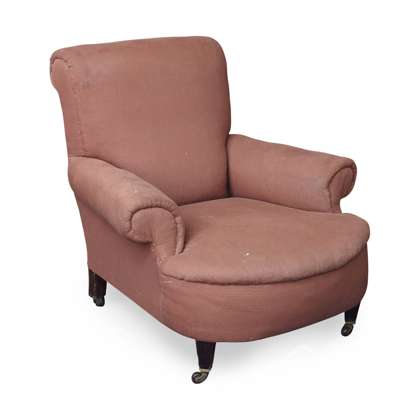
LOT 275
SOLD FOR £220
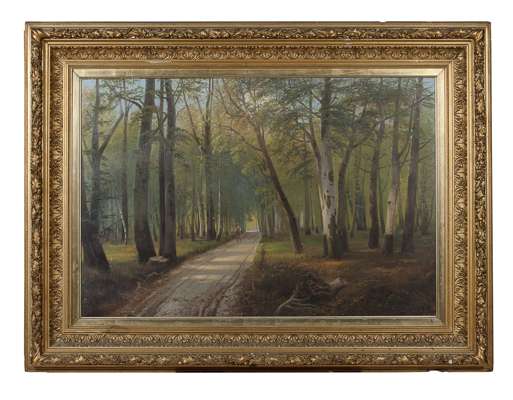
LOT 277
SOLD FOR £360
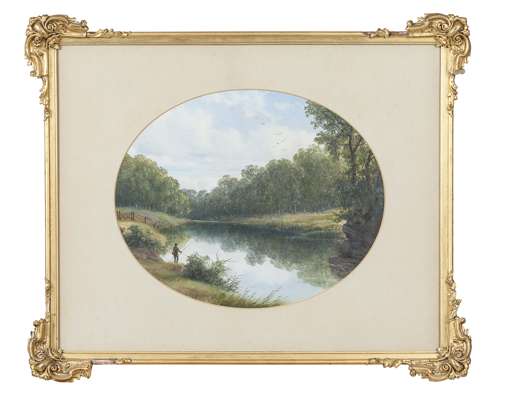
LOT 278
SOLD FOR £600

LOT 279
SOLD FOR £450
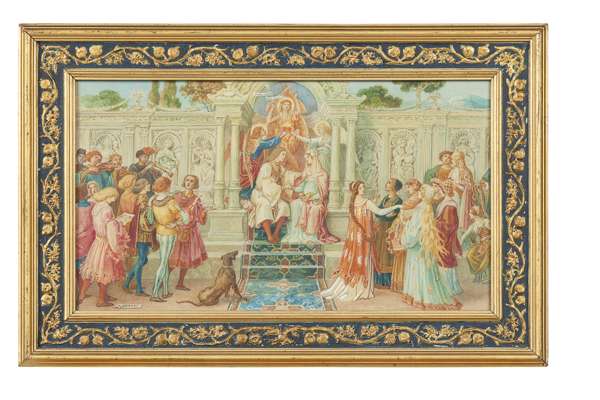
LOT 280
SOLD FOR £650
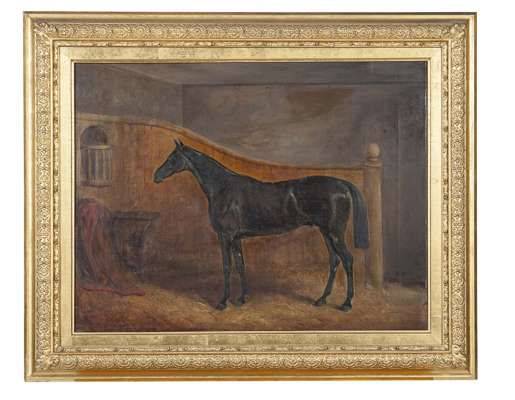
LOT 281
SOLD FOR £340
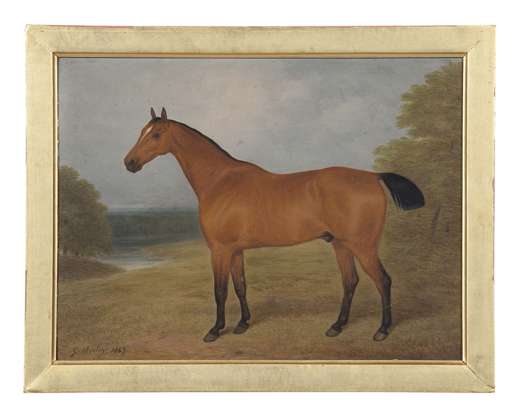
LOT 282
SOLD FOR £1,200
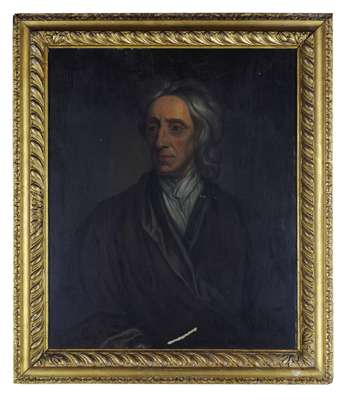
LOT 283
SOLD FOR £1,700
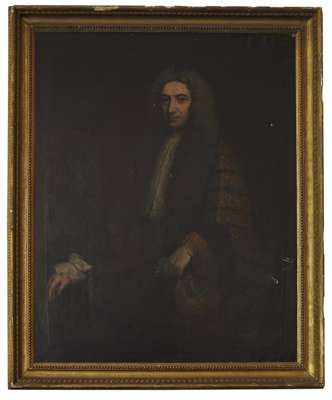
LOT 284
SOLD FOR £1,200
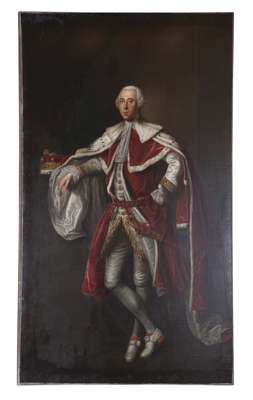
LOT 285
SOLD FOR £7,500
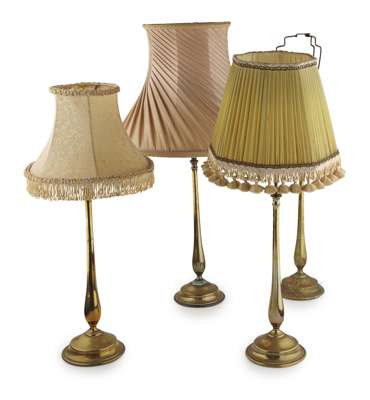
LOT 289
SOLD FOR £320
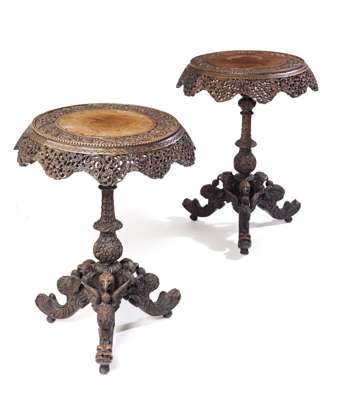
LOT 291
SOLD FOR £1,400
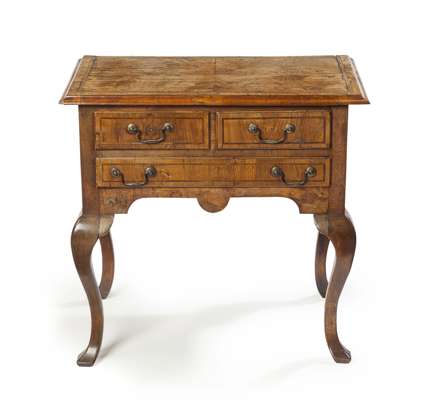
LOT 292
SOLD FOR £850
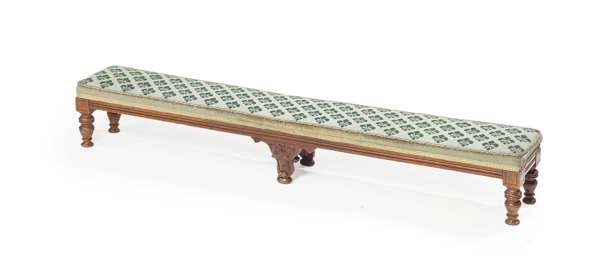
LOT 293
SOLD FOR £320

LOT 294
SOLD FOR £1,300
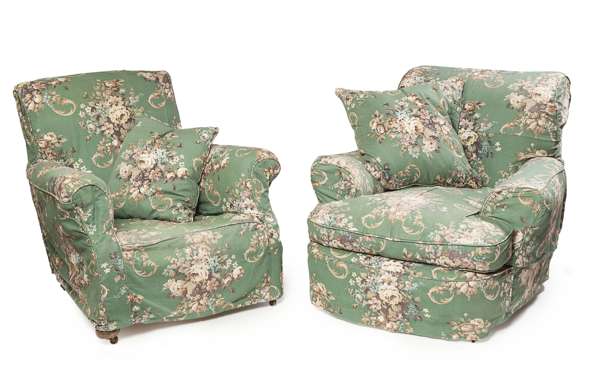
LOT 295
SOLD FOR £280

LOT 295A
VICTORIAN WALNUT LIBRARY TABLE
LATE 19TH CENTURY
SOLD FOR £220
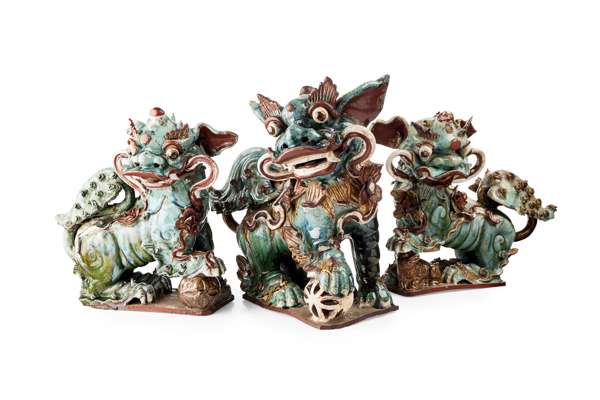
LOT 298
SOLD FOR £950
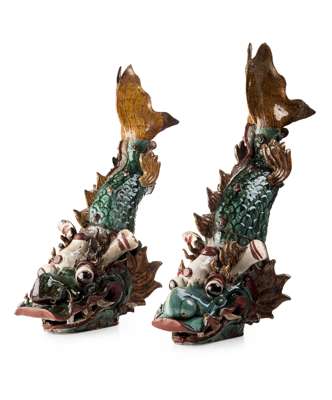
LOT 299
LATE QING, 19TH CENTURY
SOLD FOR £600
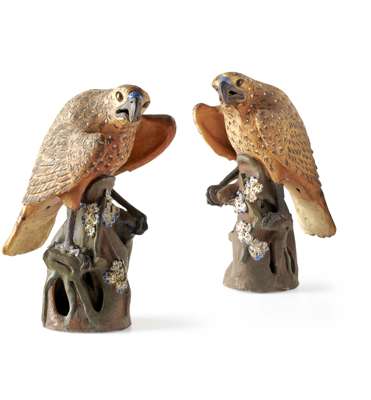
LOT 300
SOLD FOR £1,200
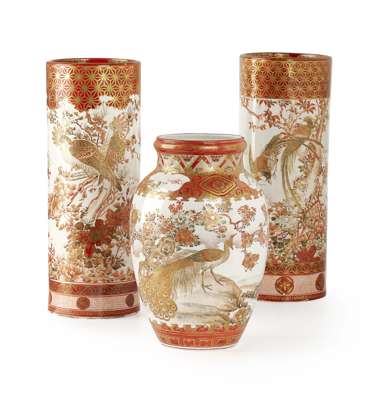
LOT 301
SOLD FOR £440
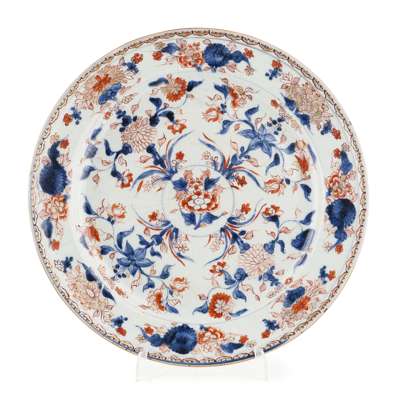
LOT 302
SOLD FOR £340
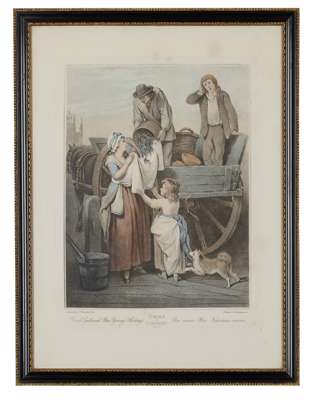
LOT 303
SOLD FOR £400
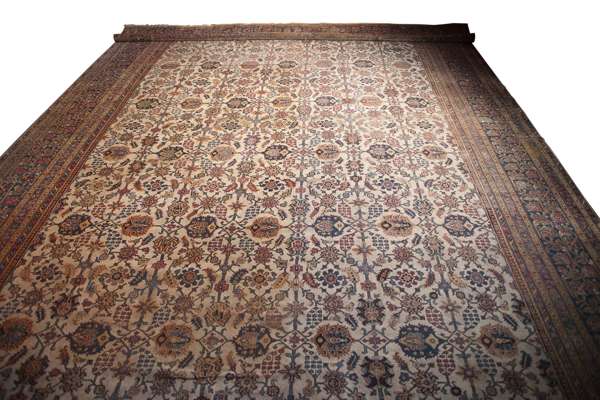
LOT 304
SOLD FOR £3,600

LOT 305
SOLD FOR £550
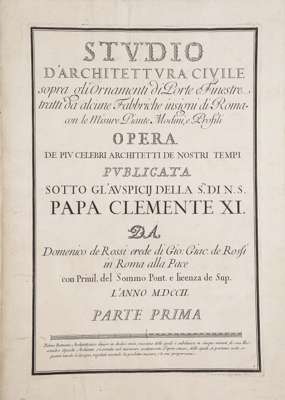
LOT 306
SOLD FOR £1,100

LOT 307
SOLD FOR £600
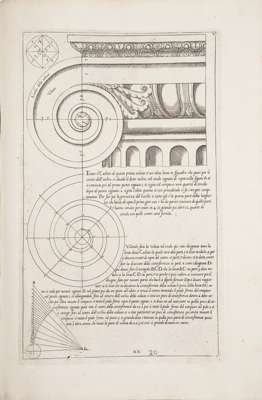
LOT 308
SOLD FOR £380

LOT 309
SOLD FOR £850

LOT 312
SOLD FOR £1,300
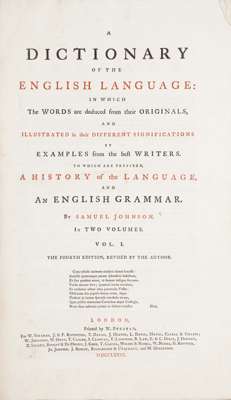
LOT 313
SOLD FOR £800

LOT 314
SOLD FOR £1,100
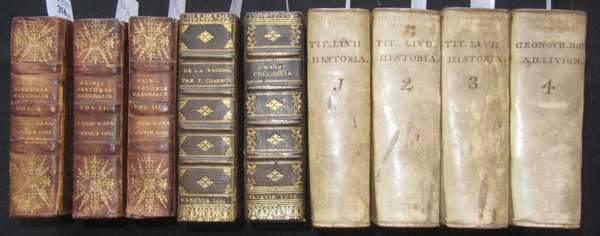
LOT 316
SOLD FOR £340

LOT 317
SOLD FOR £480

LOT 318
SOLD FOR £400
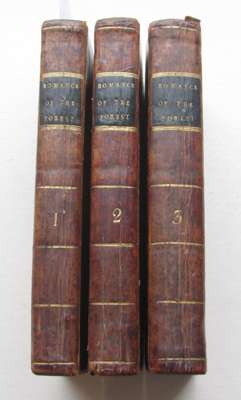
LOT 319
SOLD FOR £600

LOT 320
SOLD FOR £1,900
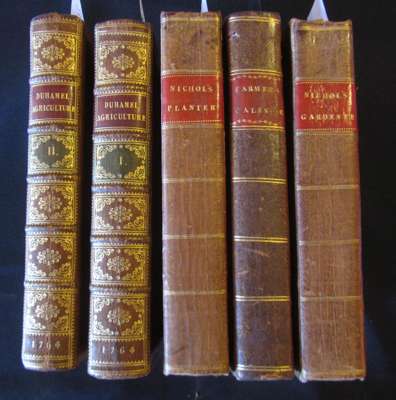
LOT 321
SOLD FOR £340
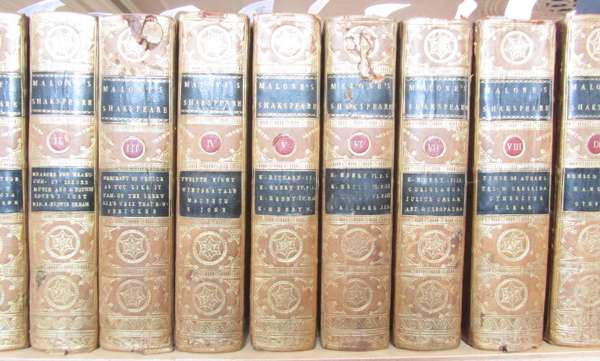
LOT 322
SOLD FOR £320
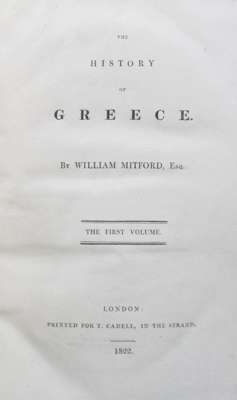
LOT 323
SOLD FOR £260
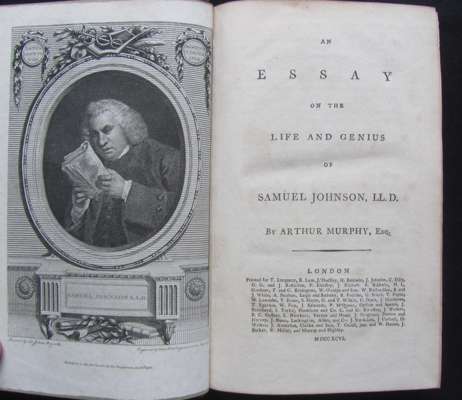
LOT 324
SOLD FOR £220
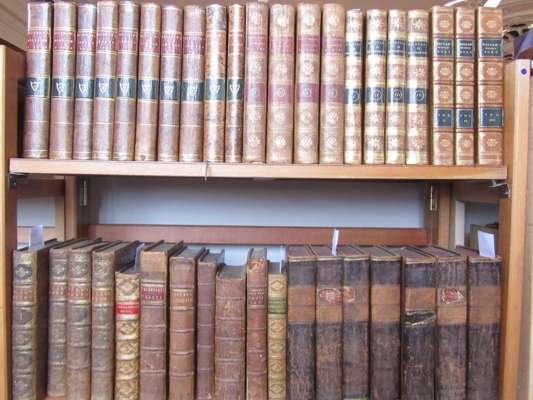
LOT 325
SOLD FOR £800
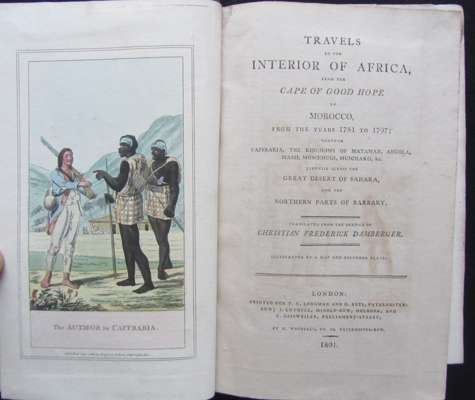
LOT 327
SOLD FOR £220
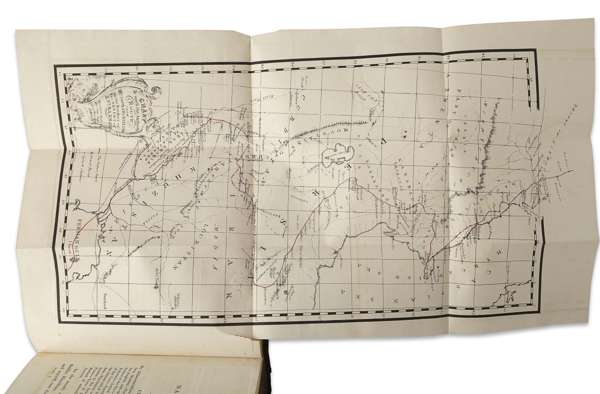
LOT 329
SOLD FOR £440

LOT 330
SOLD FOR £240

LOT 331A
ADAM SMITH, WEALTH OF NATIONS, 1796, 8TH EDITION
SOLD FOR £320
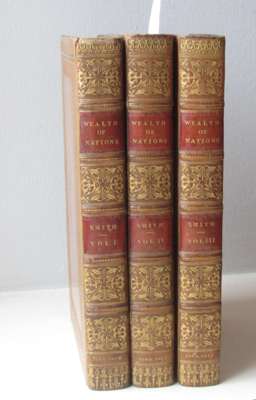
LOT 331
SOLD FOR £500
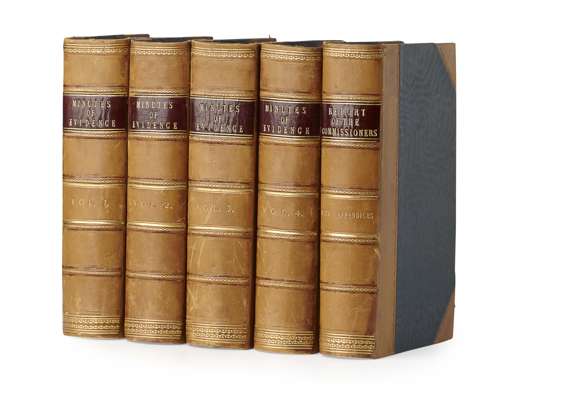
LOT 332
SOLD FOR £1,300
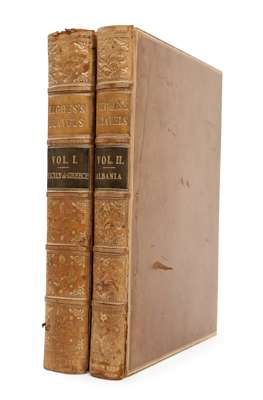
LOT 335
SOLD FOR £750
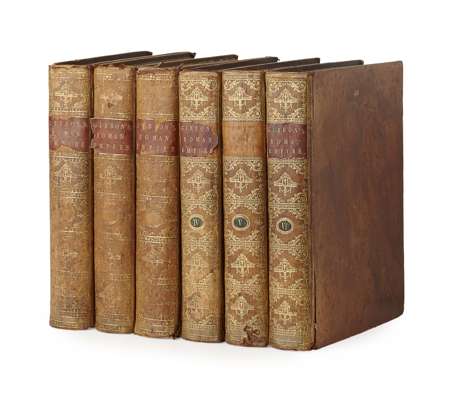
LOT 336
SOLD FOR £550
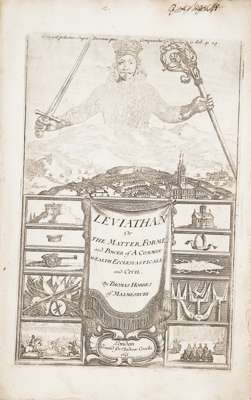
LOT 337
SOLD FOR £2,000
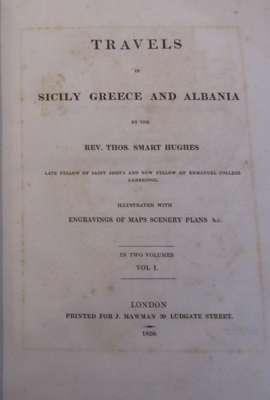
LOT 338
SOLD FOR £900

LOT 341
SOLD FOR £260

LOT 342
SOLD FOR £340

LOT 343
SOLD FOR £1,600

LOT 344
SOLD FOR £220

LOT 352
SOLD FOR £800

LOT 353
SOLD FOR £1,900

LOT 354
SOLD FOR £2,200
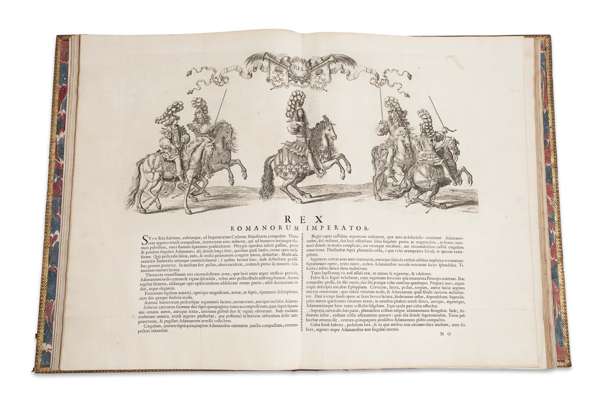
LOT 355
SOLD FOR £1,800

LOT 356
SOLD FOR £600
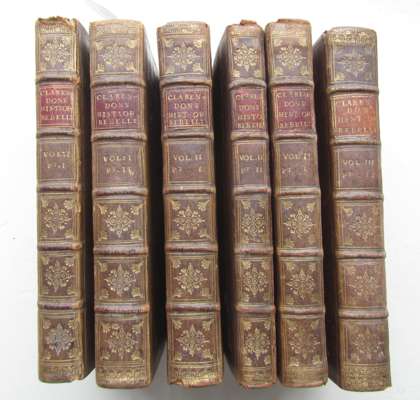
LOT 357
SOLD FOR £240
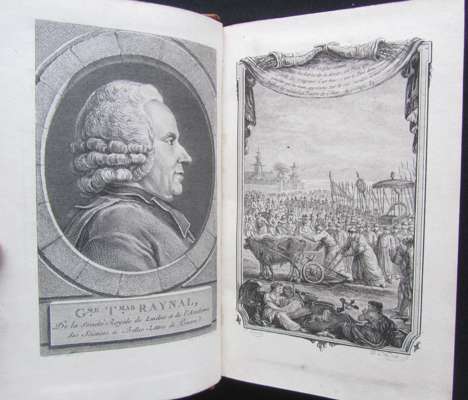
LOT 358
SOLD FOR £300
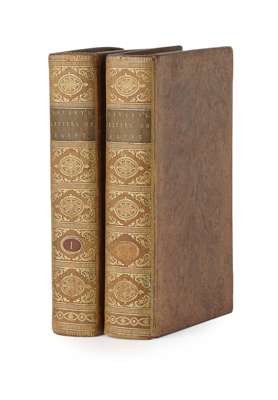
LOT 359
SOLD FOR £320

LOT 360
SOLD FOR £280
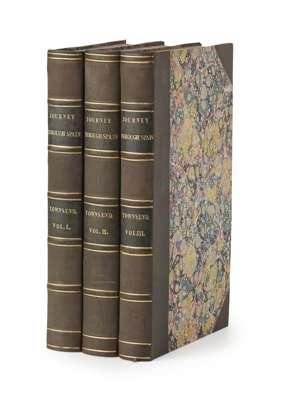
LOT 361
SOLD FOR £240
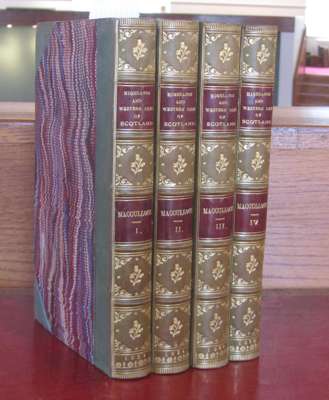
LOT 363
SOLD FOR £340
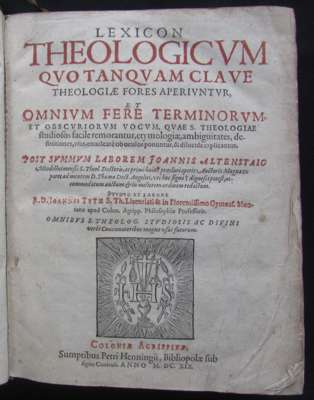
LOT 364
SOLD FOR £230
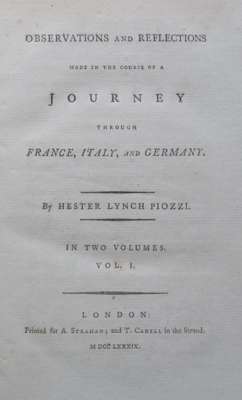
LOT 366
SOLD FOR £280
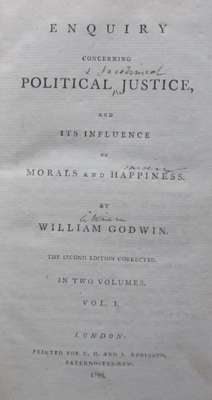
LOT 367
SOLD FOR £550
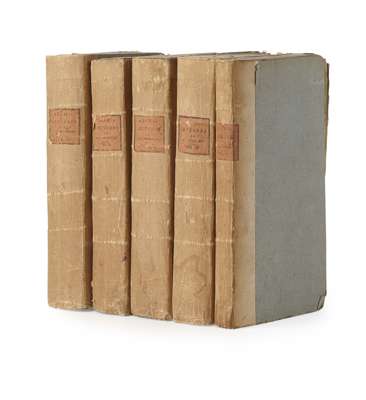
LOT 368
SOLD FOR £900

LOT 369
SOLD FOR £400
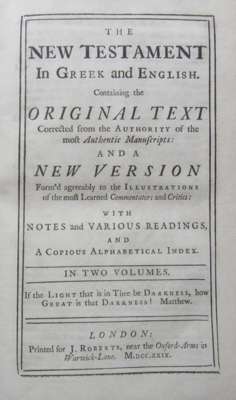
LOT 370
SOLD FOR £1,000
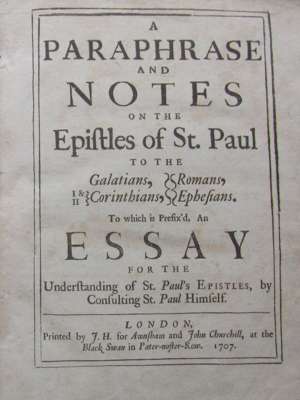
LOT 373
SOLD FOR £2,600
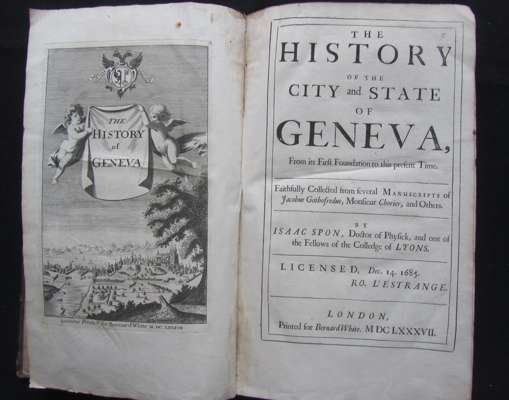
LOT 374
SOLD FOR £260
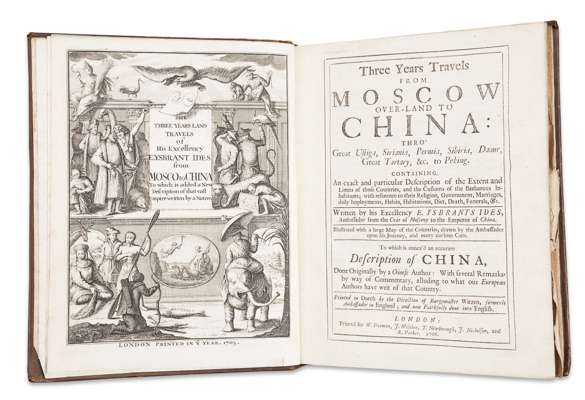
LOT 376
SOLD FOR £800
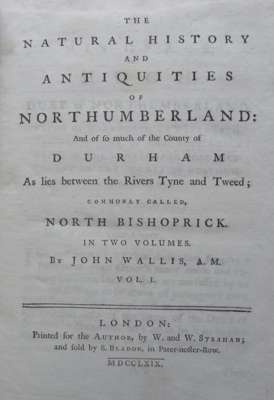
LOT 377
SOLD FOR £220
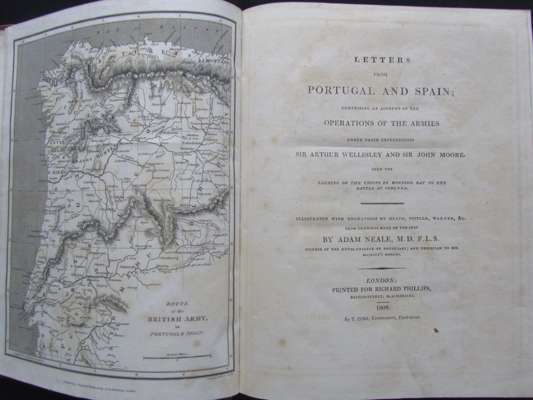
LOT 378
SOLD FOR £300
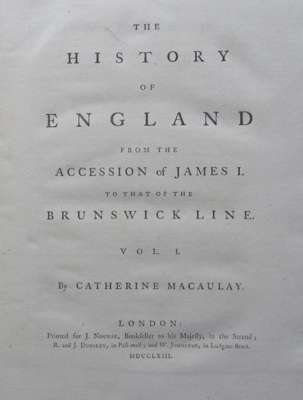
LOT 381
SOLD FOR £460
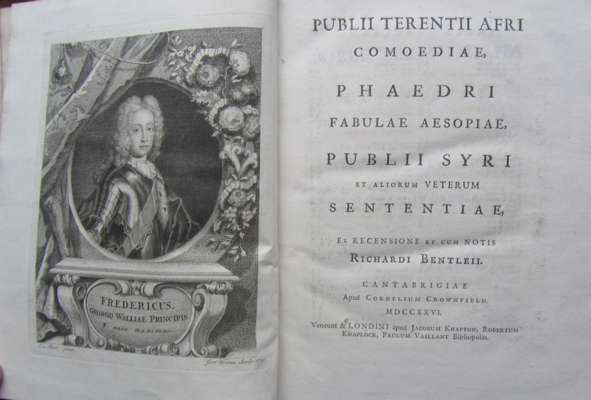
LOT 382
SOLD FOR £320
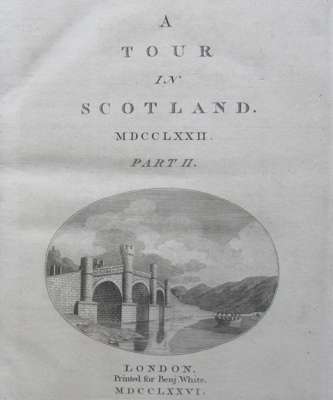
LOT 384
SOLD FOR £340
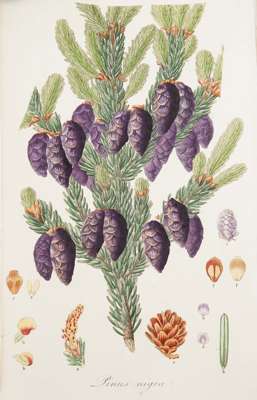
LOT 385
SOLD FOR £800
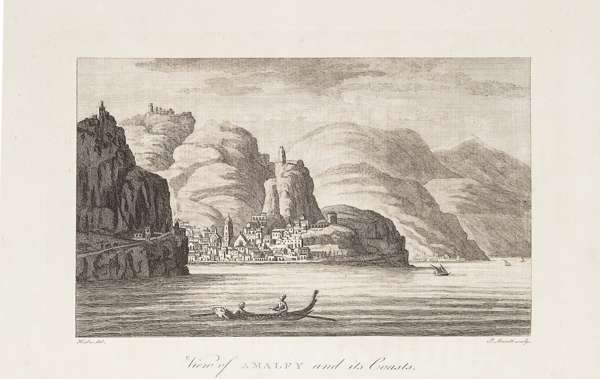
LOT 386
SOLD FOR £650

LOT 387
SOLD FOR £260
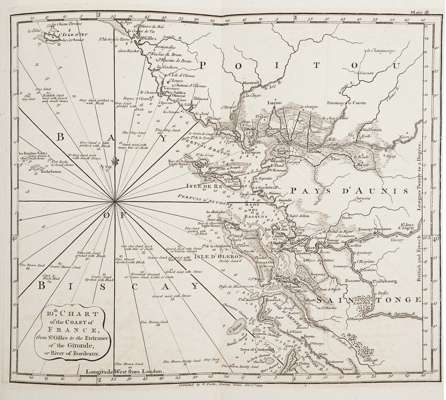
LOT 388
SOLD FOR £440
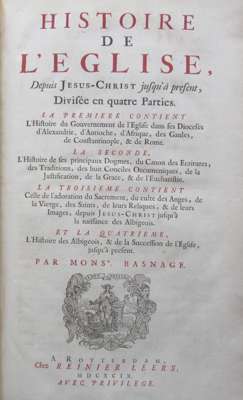
LOT 392
SOLD FOR £340
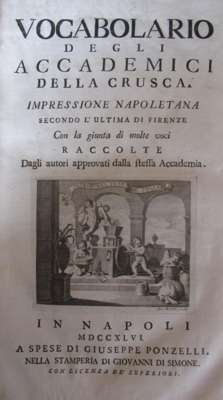
LOT 393
SOLD FOR £800
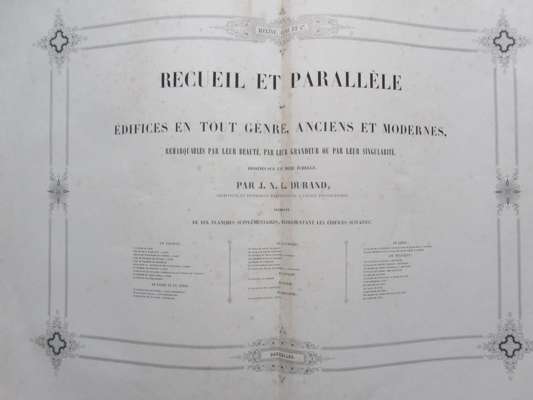
LOT 396
SOLD FOR £260
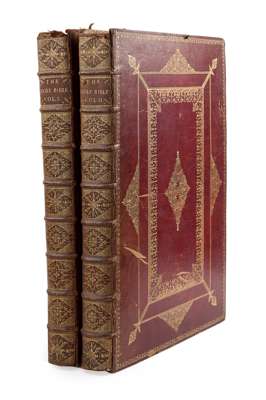
LOT 399
SOLD FOR £5,400
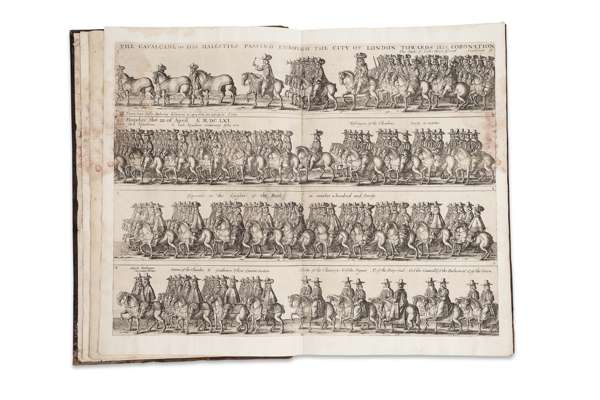
LOT 400
SOLD FOR £700
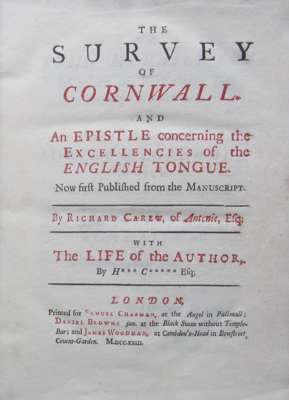
LOT 403
SOLD FOR £240
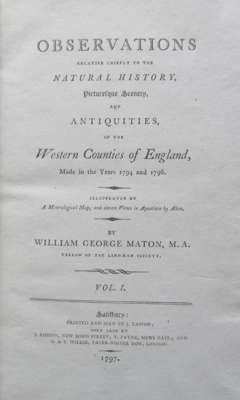
LOT 404
SOLD FOR £220
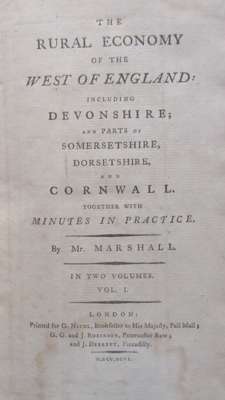
LOT 406
SOLD FOR £260
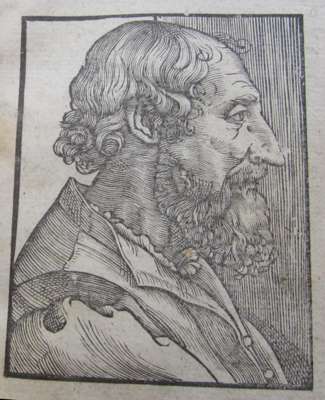
LOT 407
SOLD FOR £400
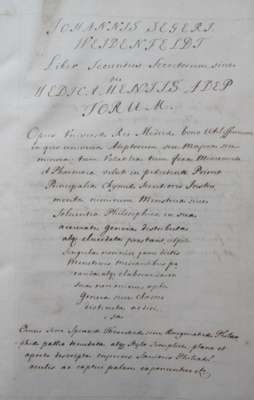
LOT 410
SOLD FOR £500
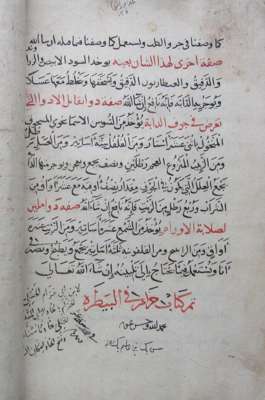
LOT 412
SOLD FOR £850
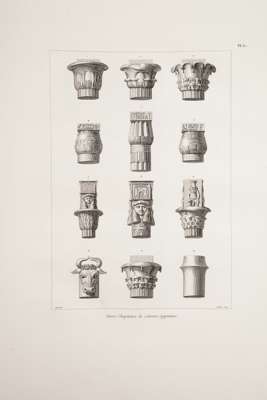
LOT 413
SOLD FOR £420
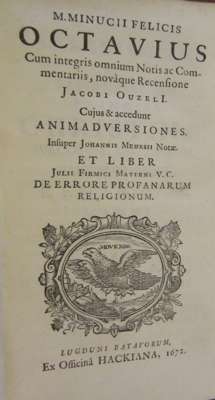
LOT 414
SOLD FOR £900

LOT 415
SOLD FOR £240

LOT 416
SOLD FOR £340

LOT 420
SOLD FOR £220

LOT 422
SOLD FOR £440

LOT 425
SOLD FOR £320
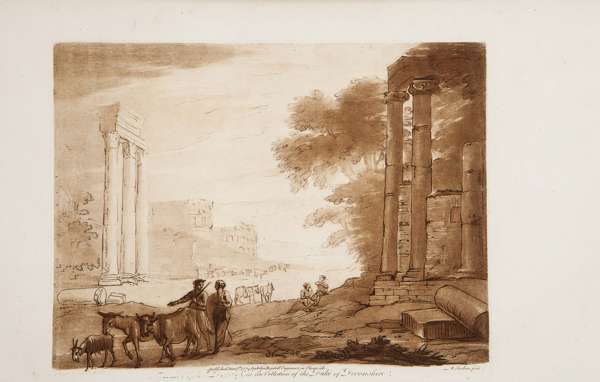
LOT 427
SOLD FOR £2,600
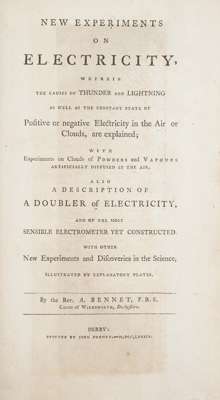
LOT 428
SOLD FOR £420

LOT 430
SOLD FOR £360

LOT 432
SOLD FOR £750

LOT 433
SOLD FOR £360

LOT 437
SOLD FOR £850
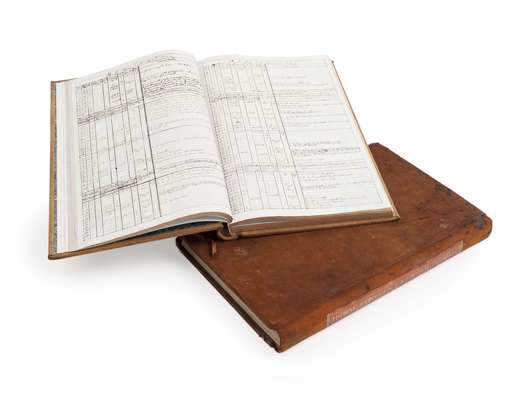
LOT 438
SOLD FOR £1,100
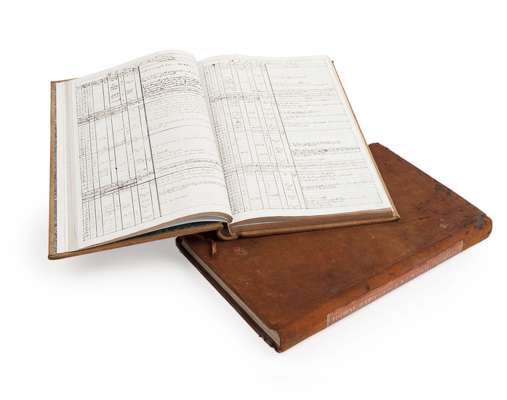
LOT 439
SOLD FOR £750

LOT 441
SOLD FOR £240

LOT 442
SOLD FOR £240

LOT 443
SOLD FOR £260

LOT 444
SOLD FOR £300

LOT 445
SOLD FOR £2,200
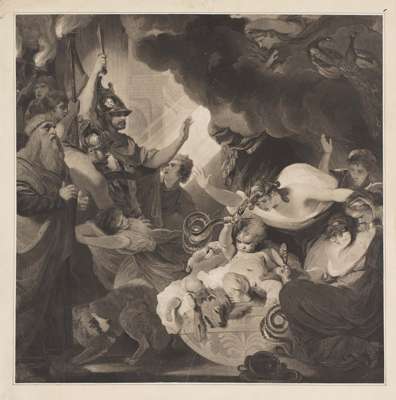
LOT 450
SOLD FOR £1,800
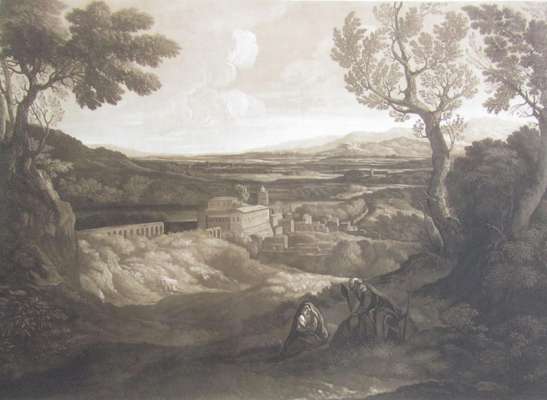
LOT 451
SOLD FOR £340
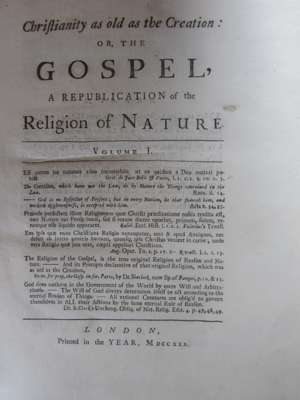
LOT 452A
LARGE LEATHER BINDINGS, QUARTO AND FOLIO, A COLLECTION INCLUDING
SOLD FOR £340
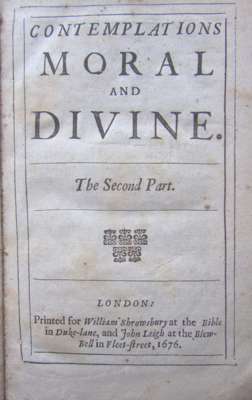
LOT 454A
BIBLES, THEOLOGY AND RELIGION - A QUANTITY
SOLD FOR £5,000

LOT 455A
MISCELLANEOUS ENGLISH BOOKS - QUANTITY
SOLD FOR £5,500
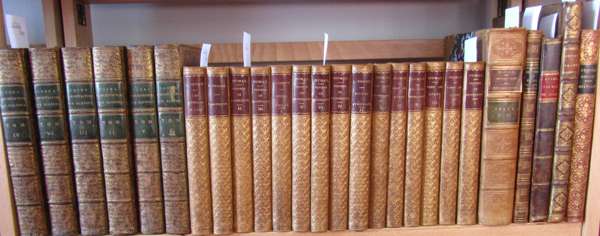
LOT 456A
MISCELLANEOUS CONTINENTAL BOOKS - QUANTITY
SOLD FOR £1,200
